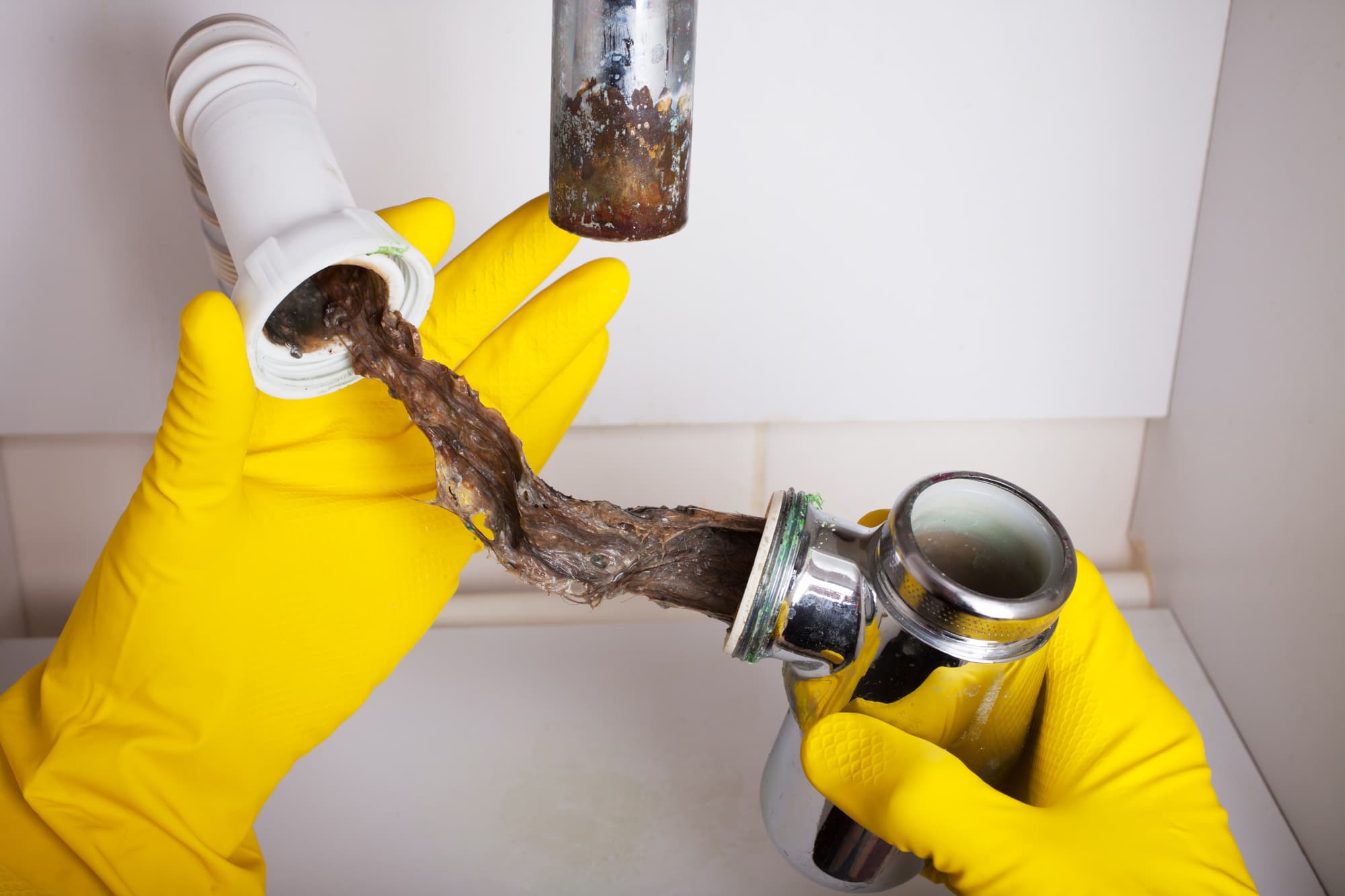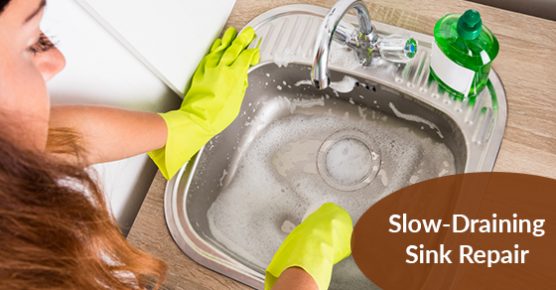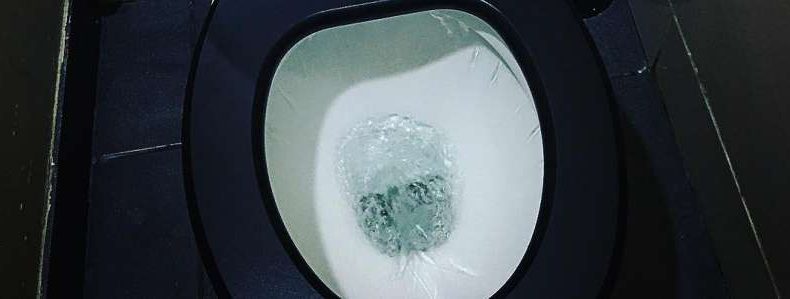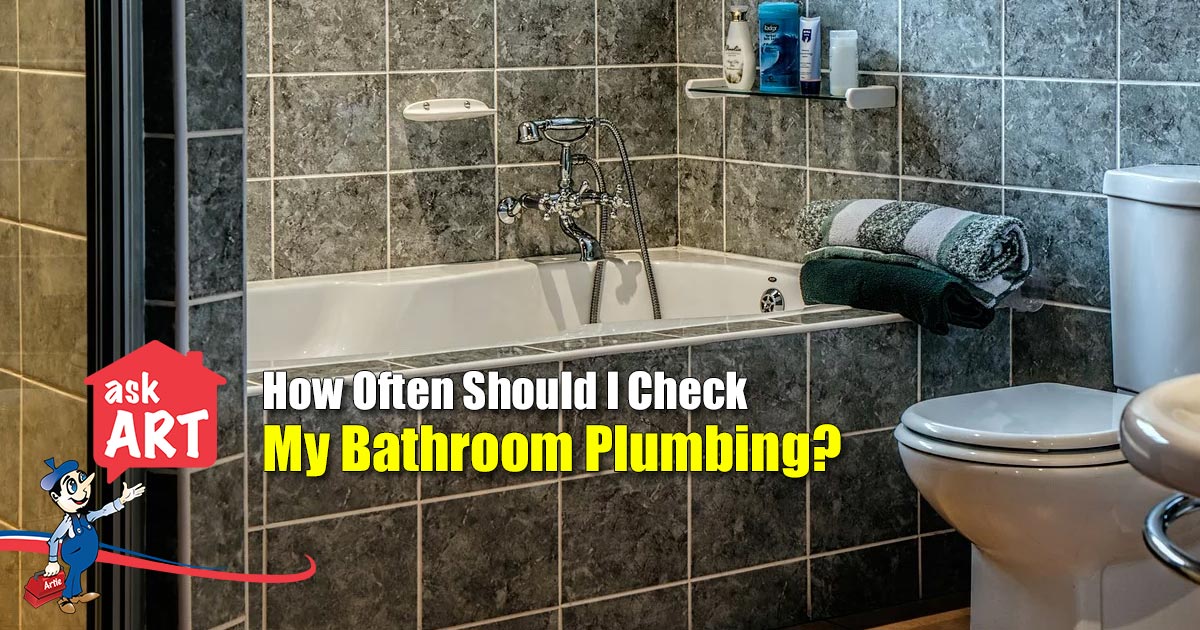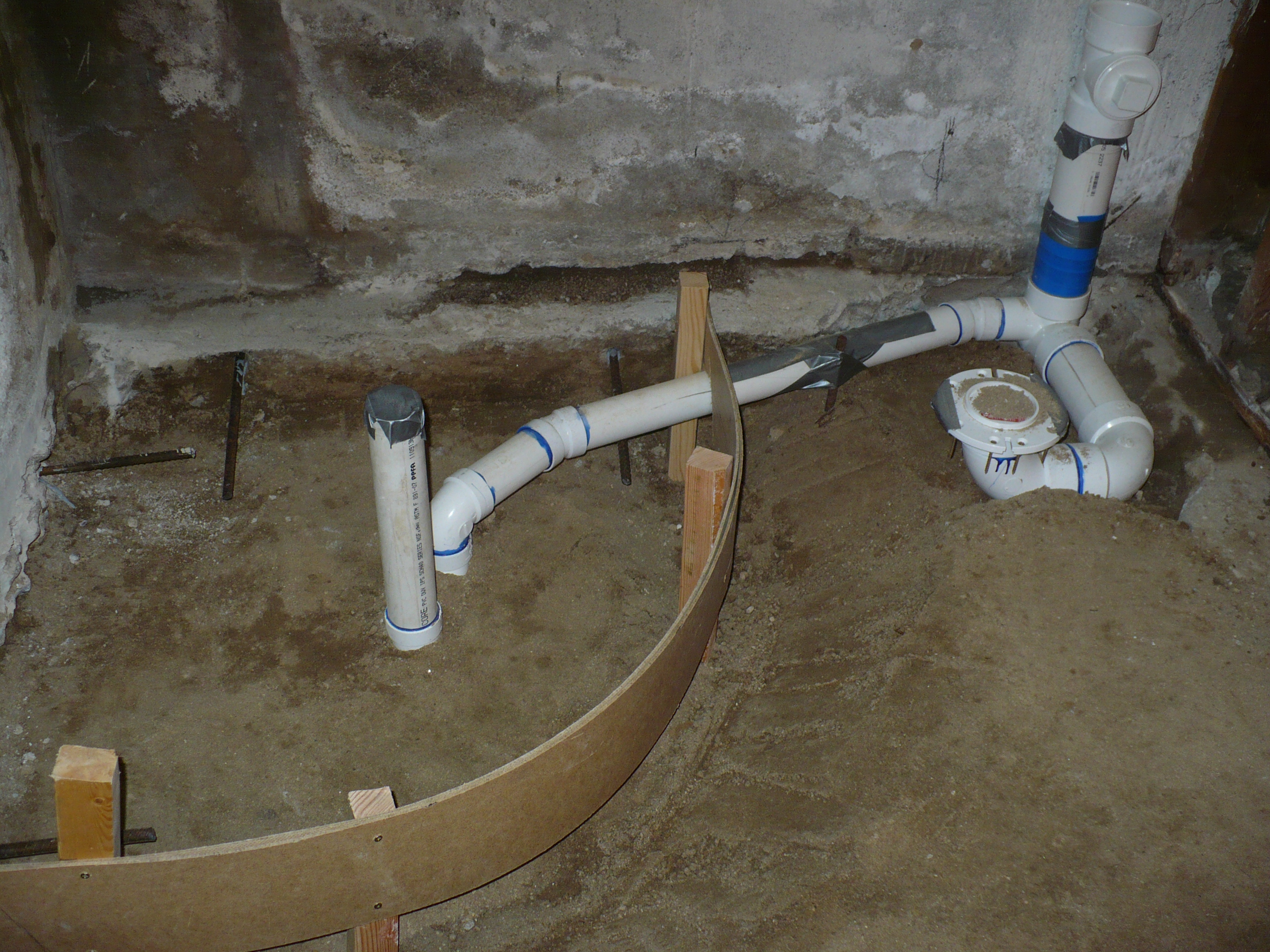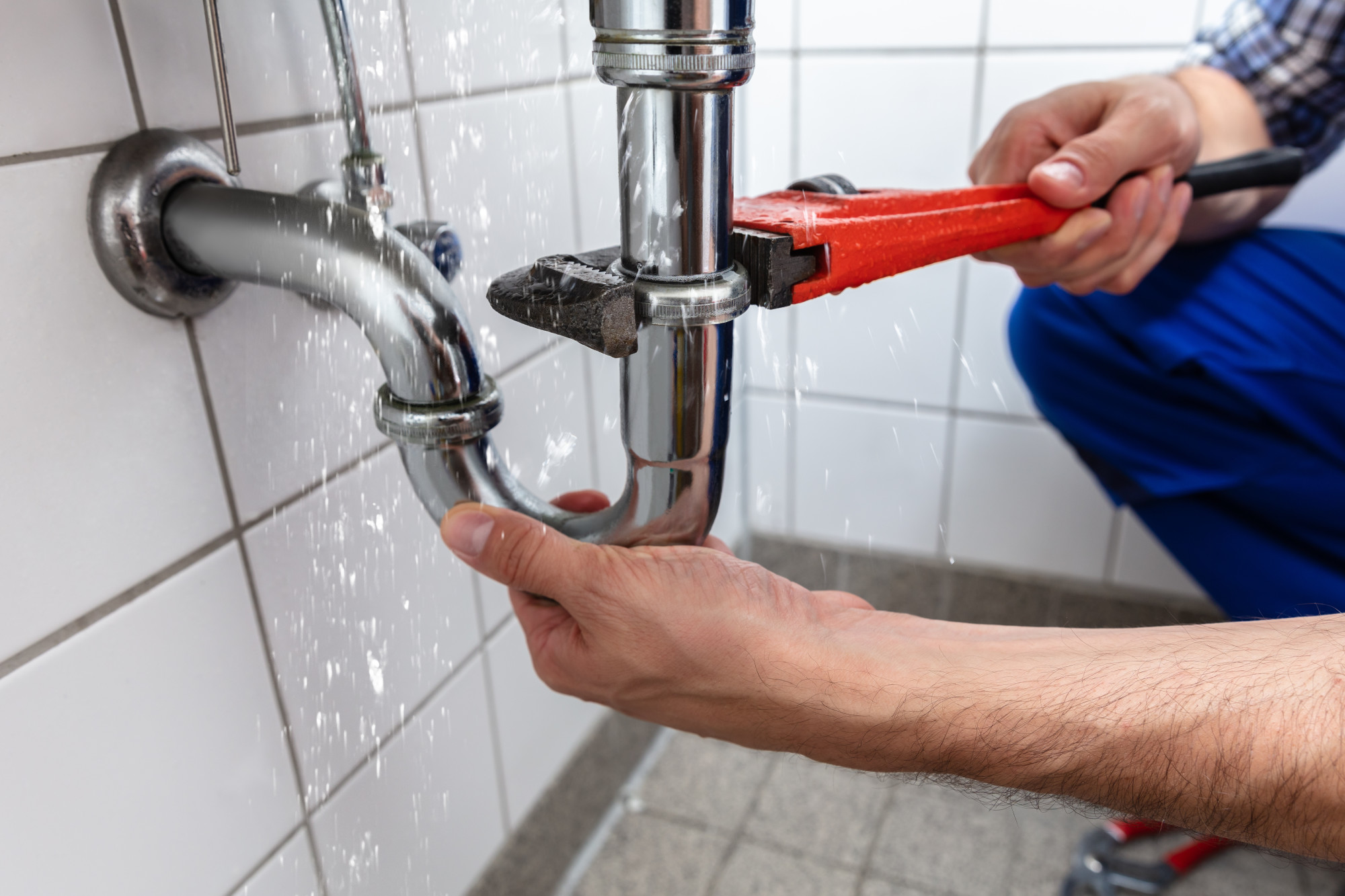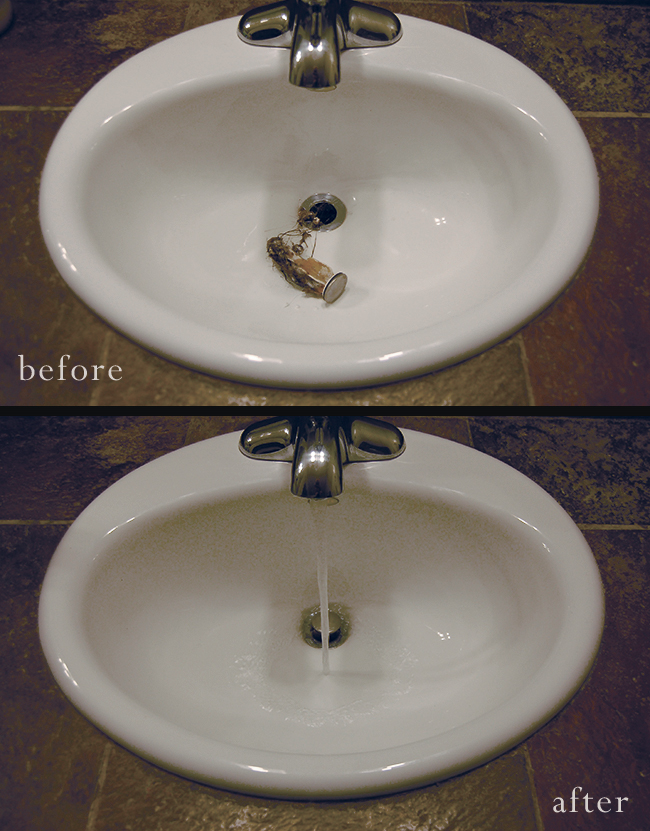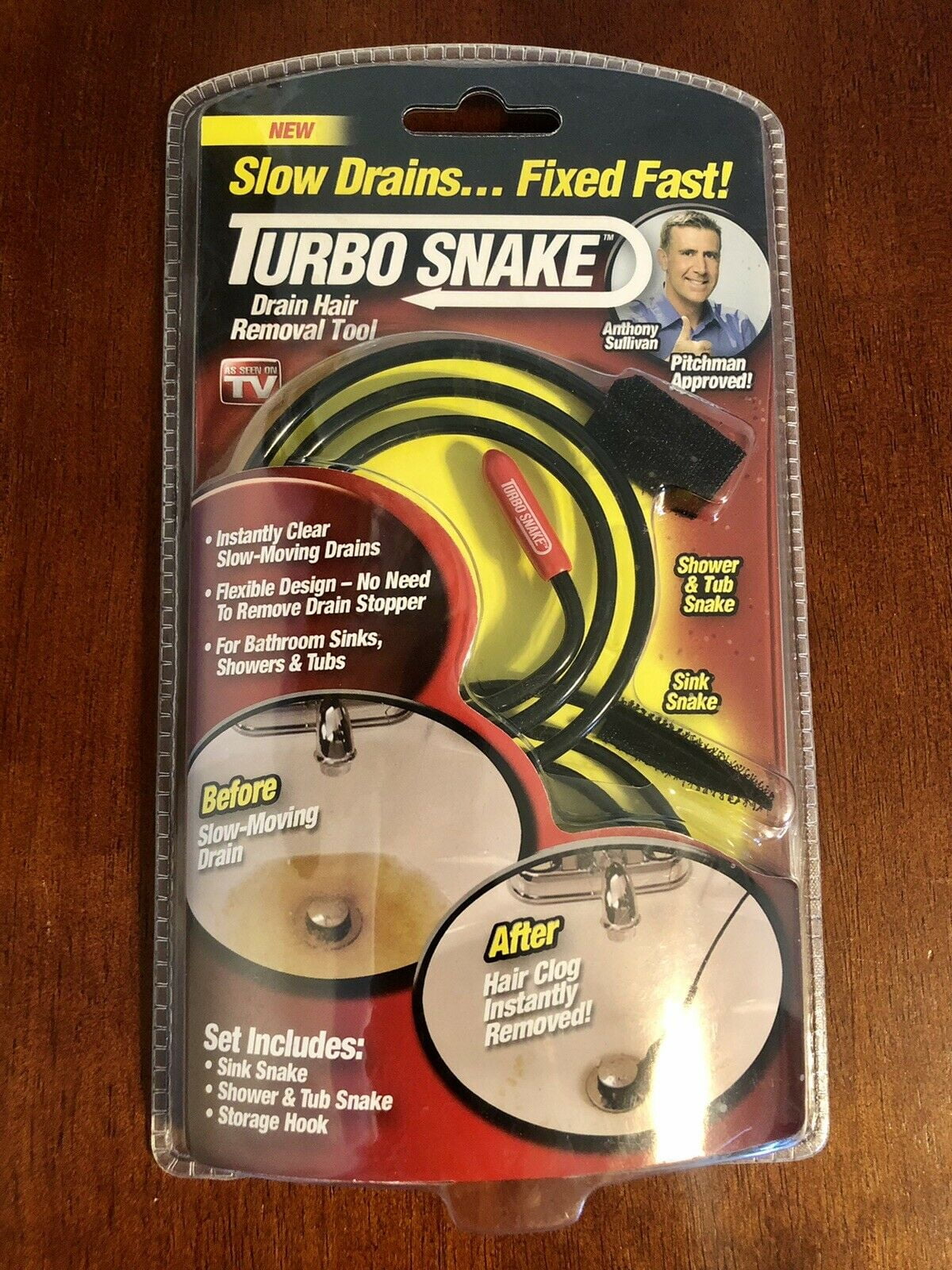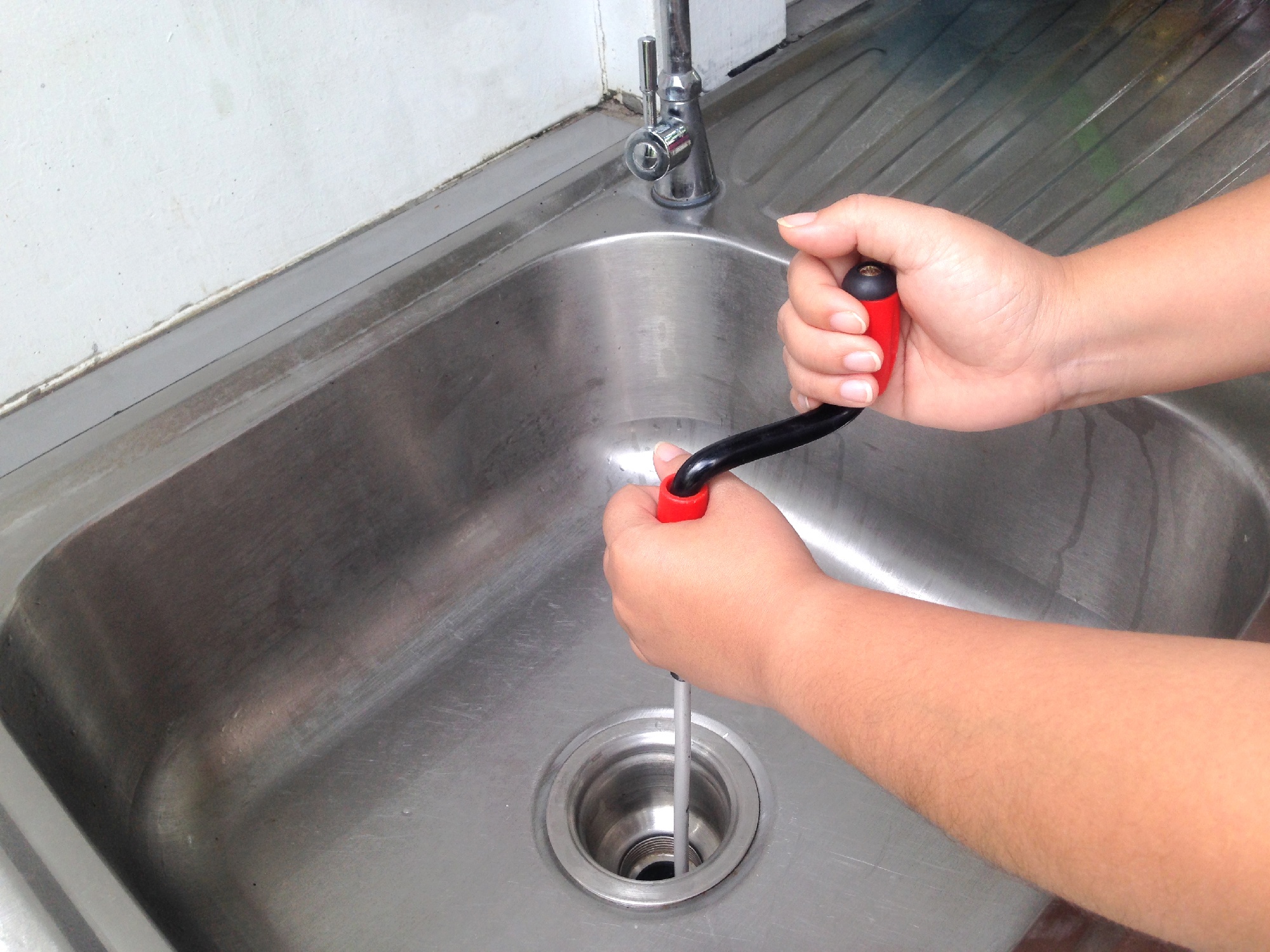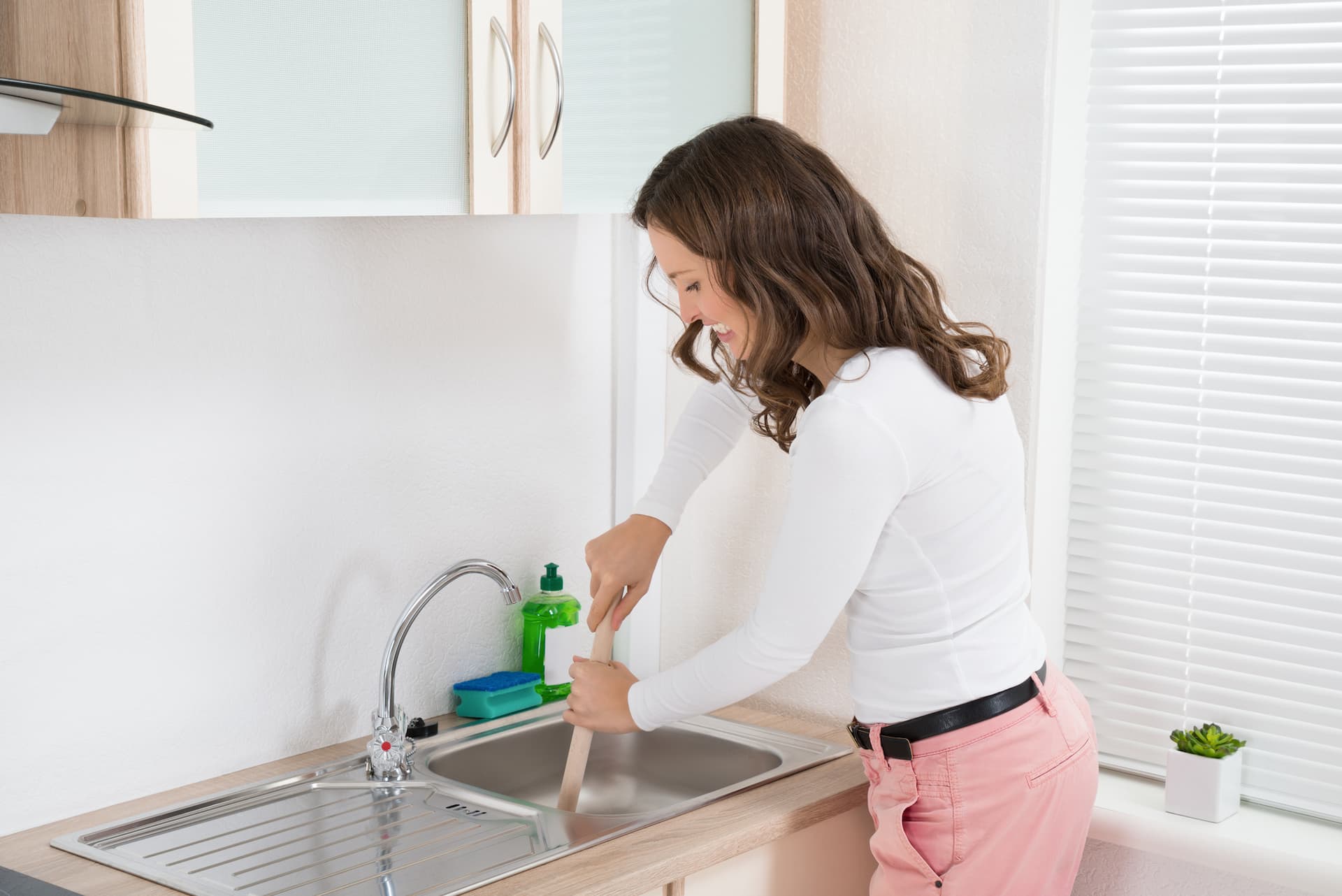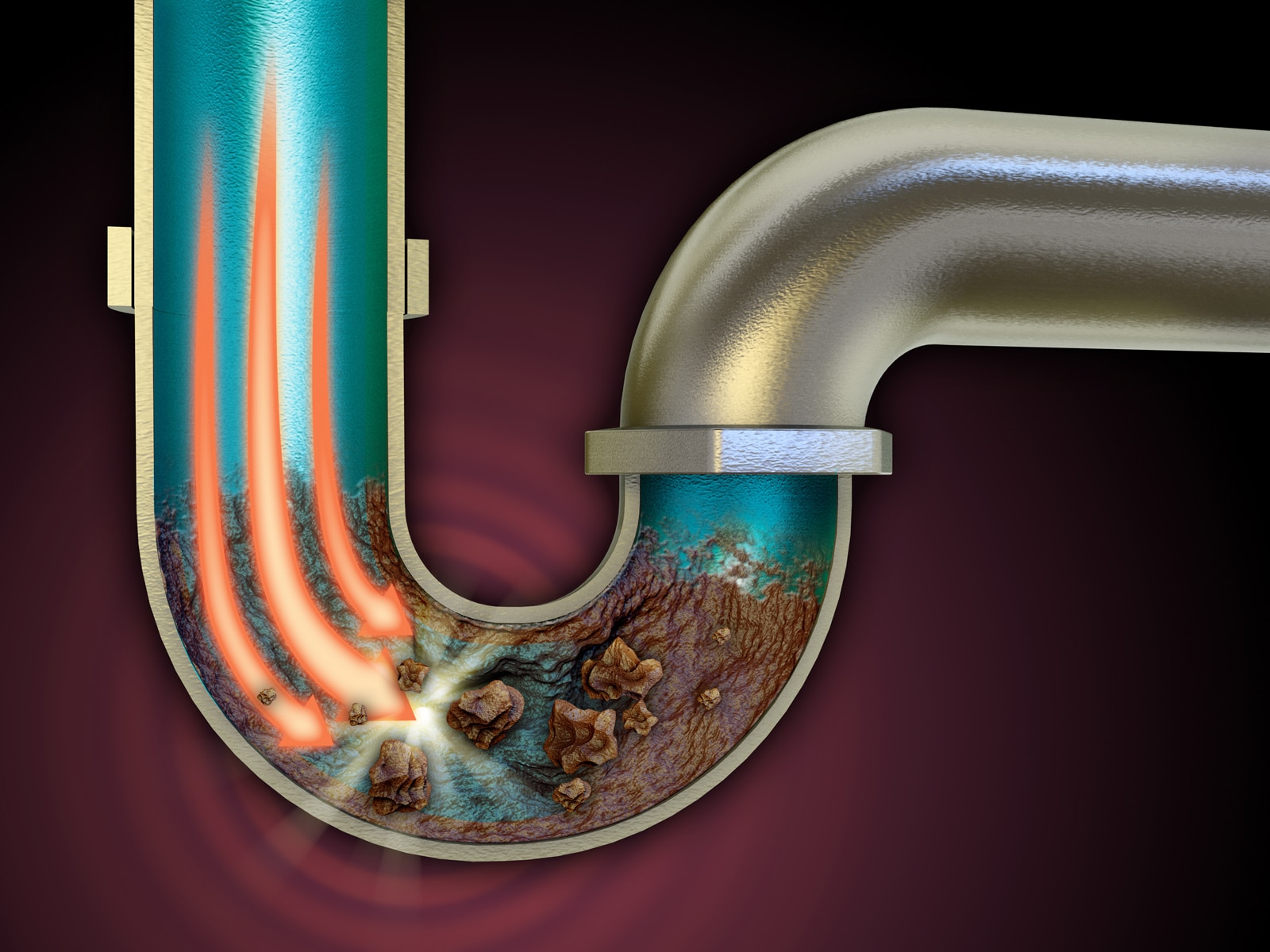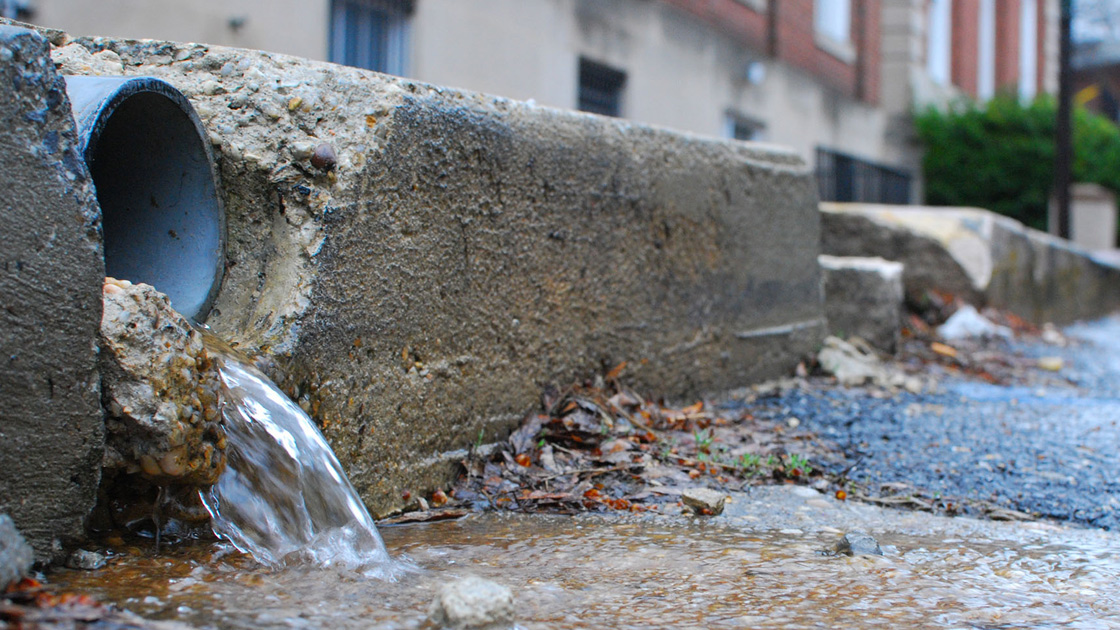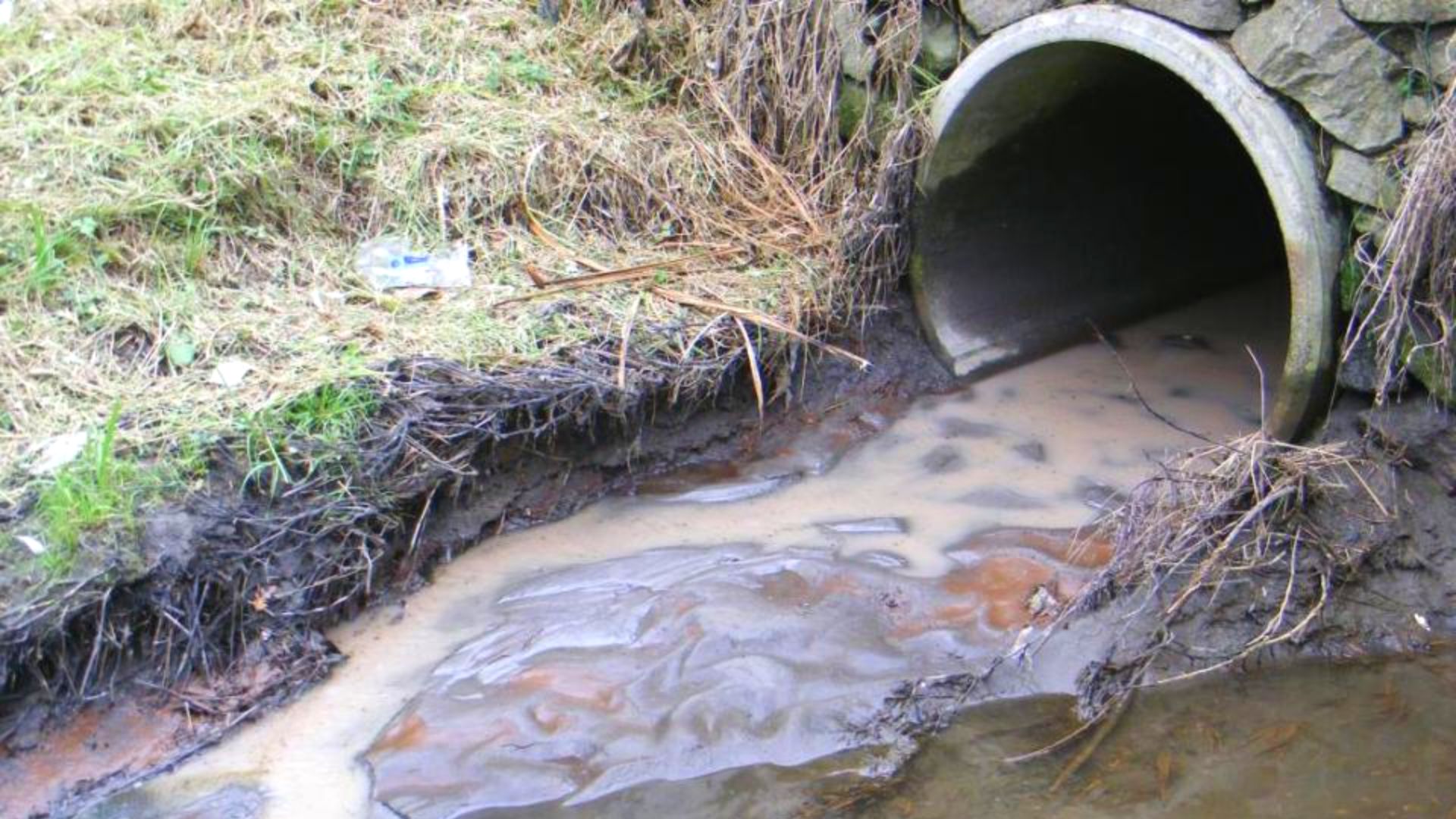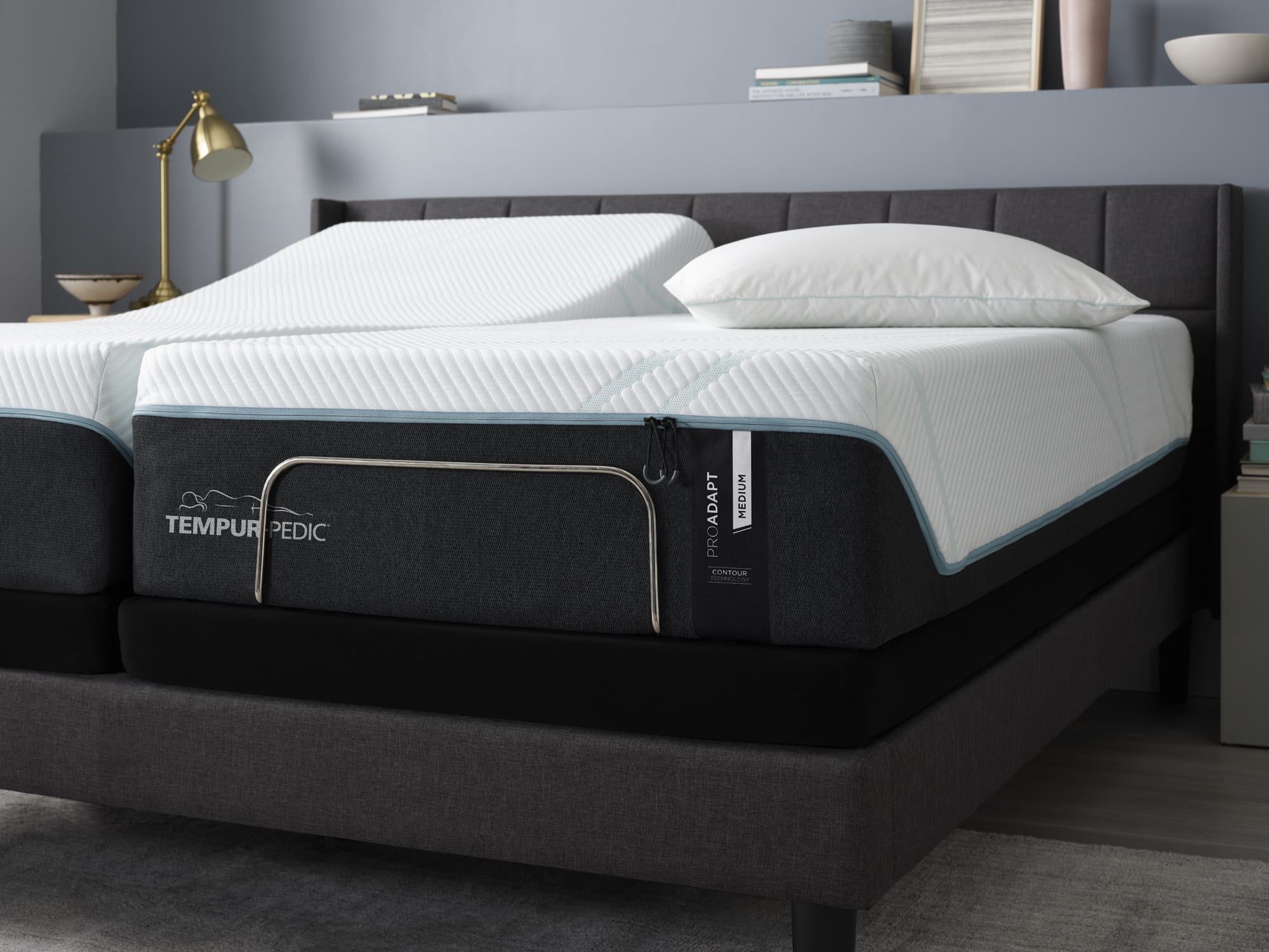If you've ever experienced the frustration of a slow bathroom sink drain, you're not alone. This common plumbing problem can be a major inconvenience and can disrupt your daily routine. But before you call a plumber and spend a hefty amount of money, there are a few simple solutions you can try to fix the issue yourself.Slow bathroom sink drain: Causes and Solutions
Pedestal sinks are a popular choice for small bathrooms or for those looking for a sleek and modern look. However, these elegant fixtures can also be a headache when it comes to dealing with slow drains. Unlike traditional sinks, pedestal sinks have no visible pipes, making it difficult to access and unclog the drain. But fear not, as we have some tips to help you troubleshoot and unclog your slow-draining pedestal sink.Pedestal sink: A Stylish but Tricky Fixture
Before diving into the solutions, it's important to first identify that you indeed have a clogged sink. The most obvious sign is water taking a long time to drain or not draining at all. You may also notice a foul odor coming from the drain or water pooling in the sink. These are all signs that you have a clog in your sink's drain pipe.Identifying a Clogged Sink
A plunger is a useful tool when it comes to unclogging sinks. To use it effectively, make sure the sink is filled with enough water to cover the rubber part of the plunger. Then, place the plunger over the drain and push and pull in a rapid motion. This will create suction and hopefully dislodge the clog. You may need to repeat this process a few times to fully clear the clog.Using a Plunger to Clear the Clog
If the plunger doesn't do the trick, you can try using a drain snake. This tool is designed to break through tough clogs and remove debris from the drain. Insert the drain snake into the drain and turn it clockwise to break up the clog. Once you feel the resistance decrease, pull out the snake and discard any debris that may have come out with it.Drain Snake: A Stronger Solution
If your sink is still draining slowly even after trying the above methods, it could be a sign of a more serious issue. It's best to call a professional plumber to inspect the drain and determine the cause of the slow draining. It could be due to a blockage further down the pipe or even a damaged pipe that needs to be replaced.Dealing with Slow Draining
To avoid dealing with a slow bathroom sink drain in the first place, it's important to practice regular drain cleaning as part of your home maintenance routine. This can help prevent clogs from forming and keep your drains flowing smoothly. You can use store-bought drain cleaners or opt for natural solutions such as a mixture of baking soda and vinegar. Just pour the mixture into the drain, let it sit for a few minutes, then flush it out with hot water.Regular Drain Cleaning for Preventative Maintenance
If your slow bathroom sink drain persists even after trying these solutions, it may be time to call in a professional plumber. They have the expertise and tools to properly diagnose and fix the issue. Plus, they can also provide advice on how to prevent similar problems in the future.Hiring a Professional for Bathroom Plumbing Issues
Now that you know how to deal with a slow bathroom sink drain, it's important to understand what causes clogs and blockages in the first place. The most common culprits are hair, soap scum, and toothpaste buildup. These can easily accumulate in the drain pipe and cause a clog over time. To prevent this, make sure to regularly clean the drain and use a drain cover to catch any debris.Sink Clog and Drain Blockage: Common Culprits
A slow bathroom sink drain can be a headache, but with the right tools and techniques, you can easily fix the issue. Remember to regularly clean your drain and be mindful of what goes down your sink to prevent clogs in the first place. And if all else fails, don't hesitate to call in a professional for help. With these tips, you can have a smoothly flowing bathroom sink in no time.Conclusion
Solving the Problem of a Very Slow Bathroom Sink Drain in a Pedestal Sink
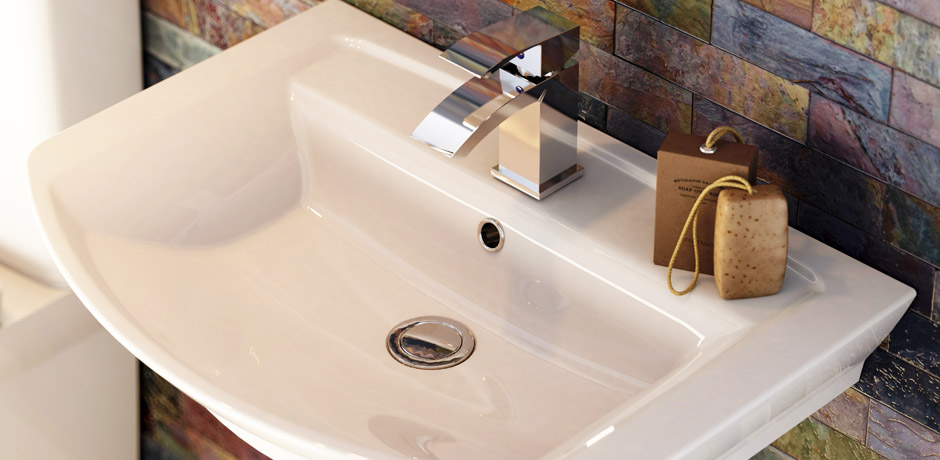
The Importance of a Functional Bathroom Sink Drain
 Having a functional bathroom sink drain is crucial for any household. It not only ensures proper hygiene and cleanliness, but also prevents potential plumbing issues in the future. However, a common problem that many homeowners face is a very slow bathroom sink drain, especially in pedestal sinks. This can be frustrating and inconvenient, but fear not, as there are simple solutions to this issue.
Having a functional bathroom sink drain is crucial for any household. It not only ensures proper hygiene and cleanliness, but also prevents potential plumbing issues in the future. However, a common problem that many homeowners face is a very slow bathroom sink drain, especially in pedestal sinks. This can be frustrating and inconvenient, but fear not, as there are simple solutions to this issue.
Identifying the Cause of a Slow Drain
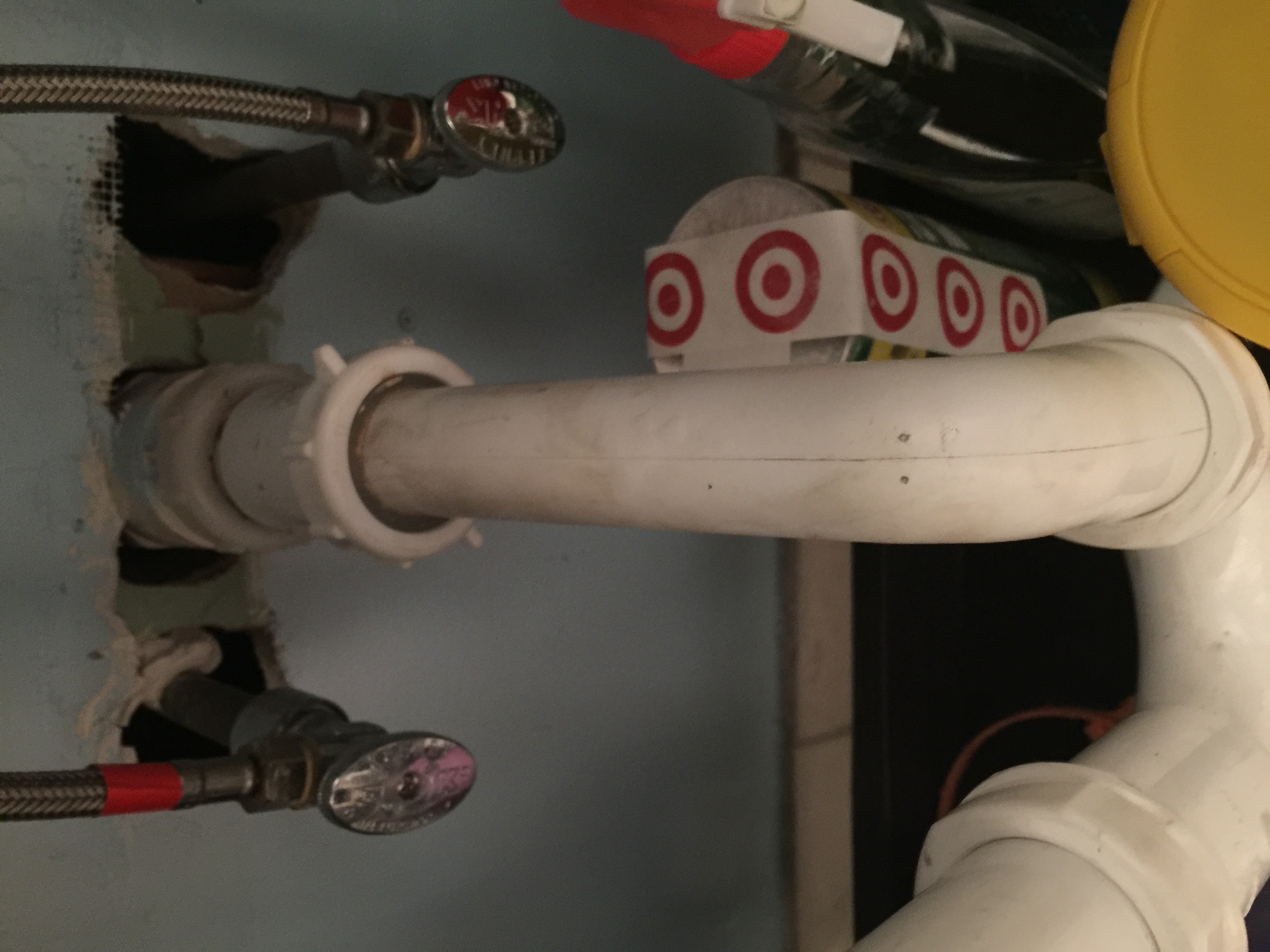 Before diving into solutions, it is important to understand the root cause of a slow bathroom sink drain. In most cases, the culprit is a clogged drain. Over time, hair, soap scum, and other debris can accumulate in the drain, causing it to slow down or even stop draining altogether. Another possible cause could be a faulty or old drain pipe, which may need to be replaced.
Before diving into solutions, it is important to understand the root cause of a slow bathroom sink drain. In most cases, the culprit is a clogged drain. Over time, hair, soap scum, and other debris can accumulate in the drain, causing it to slow down or even stop draining altogether. Another possible cause could be a faulty or old drain pipe, which may need to be replaced.
Simple Solutions to a Slow Drain
 If the cause of the slow drain is a clog, then there are a few easy ways to unclog it.
One method is to use a plunger to dislodge the blockage
. Simply place the plunger over the drain and push and pull in a firm motion.
Another effective solution is to use a combination of baking soda and vinegar
. Pour half a cup of baking soda into the drain, followed by half a cup of vinegar. Cover the drain with a cloth for 10-15 minutes, then pour hot water down the drain to flush out any remaining debris.
For tougher clogs, a drain snake or auger can be used to physically remove the blockage
.
If the cause of the slow drain is a clog, then there are a few easy ways to unclog it.
One method is to use a plunger to dislodge the blockage
. Simply place the plunger over the drain and push and pull in a firm motion.
Another effective solution is to use a combination of baking soda and vinegar
. Pour half a cup of baking soda into the drain, followed by half a cup of vinegar. Cover the drain with a cloth for 10-15 minutes, then pour hot water down the drain to flush out any remaining debris.
For tougher clogs, a drain snake or auger can be used to physically remove the blockage
.
Preventing Future Clogs
 To avoid dealing with a slow drain in the future, there are a few preventative measures that can be taken.
Installing a mesh drain cover can help catch hair and other debris before it enters the drain
. Regularly cleaning the drain by pouring boiling water down it can also help prevent buildup.
Using a biodegradable drain cleaner once a month can also help keep the drain clear and functioning properly
.
To avoid dealing with a slow drain in the future, there are a few preventative measures that can be taken.
Installing a mesh drain cover can help catch hair and other debris before it enters the drain
. Regularly cleaning the drain by pouring boiling water down it can also help prevent buildup.
Using a biodegradable drain cleaner once a month can also help keep the drain clear and functioning properly
.
Seeking Professional Help
 If the above solutions do not work, it may be time to call in a professional plumber. They can accurately diagnose and fix any underlying issues with the drain pipe or plumbing system.
It is important to address a slow bathroom sink drain promptly to prevent further damage and costly repairs in the future
.
In conclusion, a slow bathroom sink drain in a pedestal sink can be a frustrating problem, but it can be easily solved with the right tools and methods. By identifying the cause and taking preventative measures, homeowners can ensure a functional and efficient bathroom sink drain. However, if the issue persists, it is best to seek professional help to avoid further complications. Remember, a little maintenance and care can go a long way in maintaining a well-functioning household.
If the above solutions do not work, it may be time to call in a professional plumber. They can accurately diagnose and fix any underlying issues with the drain pipe or plumbing system.
It is important to address a slow bathroom sink drain promptly to prevent further damage and costly repairs in the future
.
In conclusion, a slow bathroom sink drain in a pedestal sink can be a frustrating problem, but it can be easily solved with the right tools and methods. By identifying the cause and taking preventative measures, homeowners can ensure a functional and efficient bathroom sink drain. However, if the issue persists, it is best to seek professional help to avoid further complications. Remember, a little maintenance and care can go a long way in maintaining a well-functioning household.





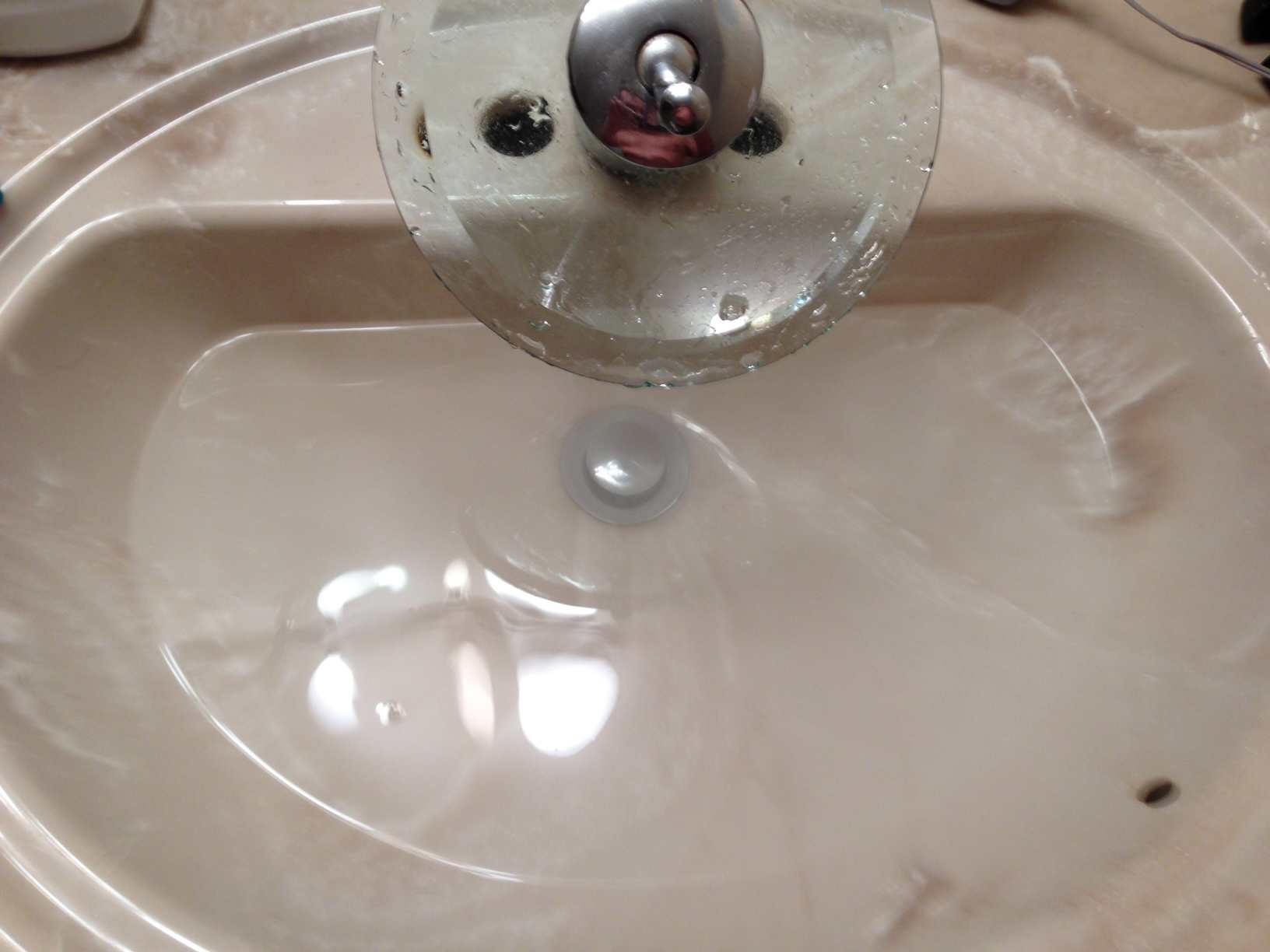


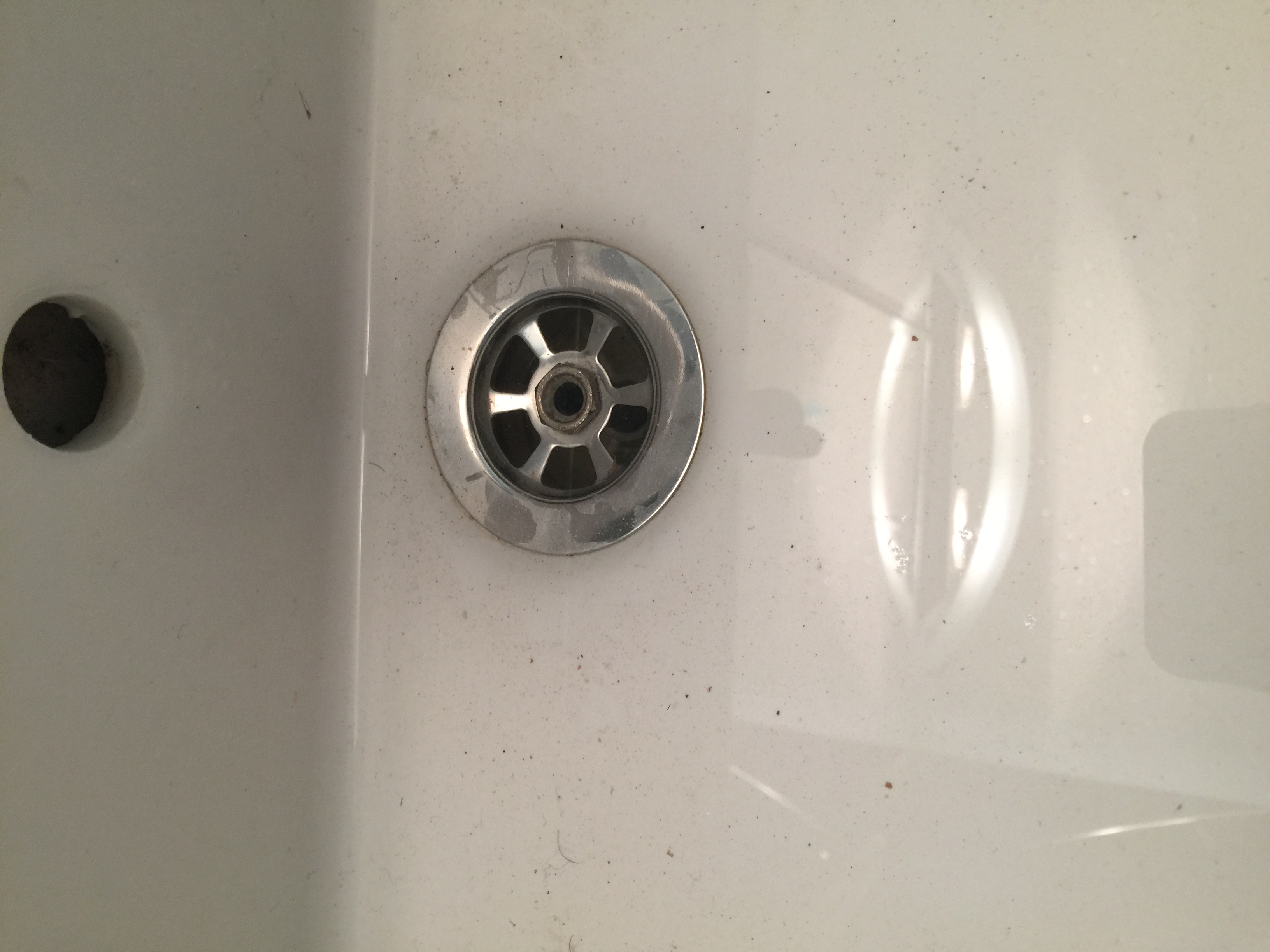


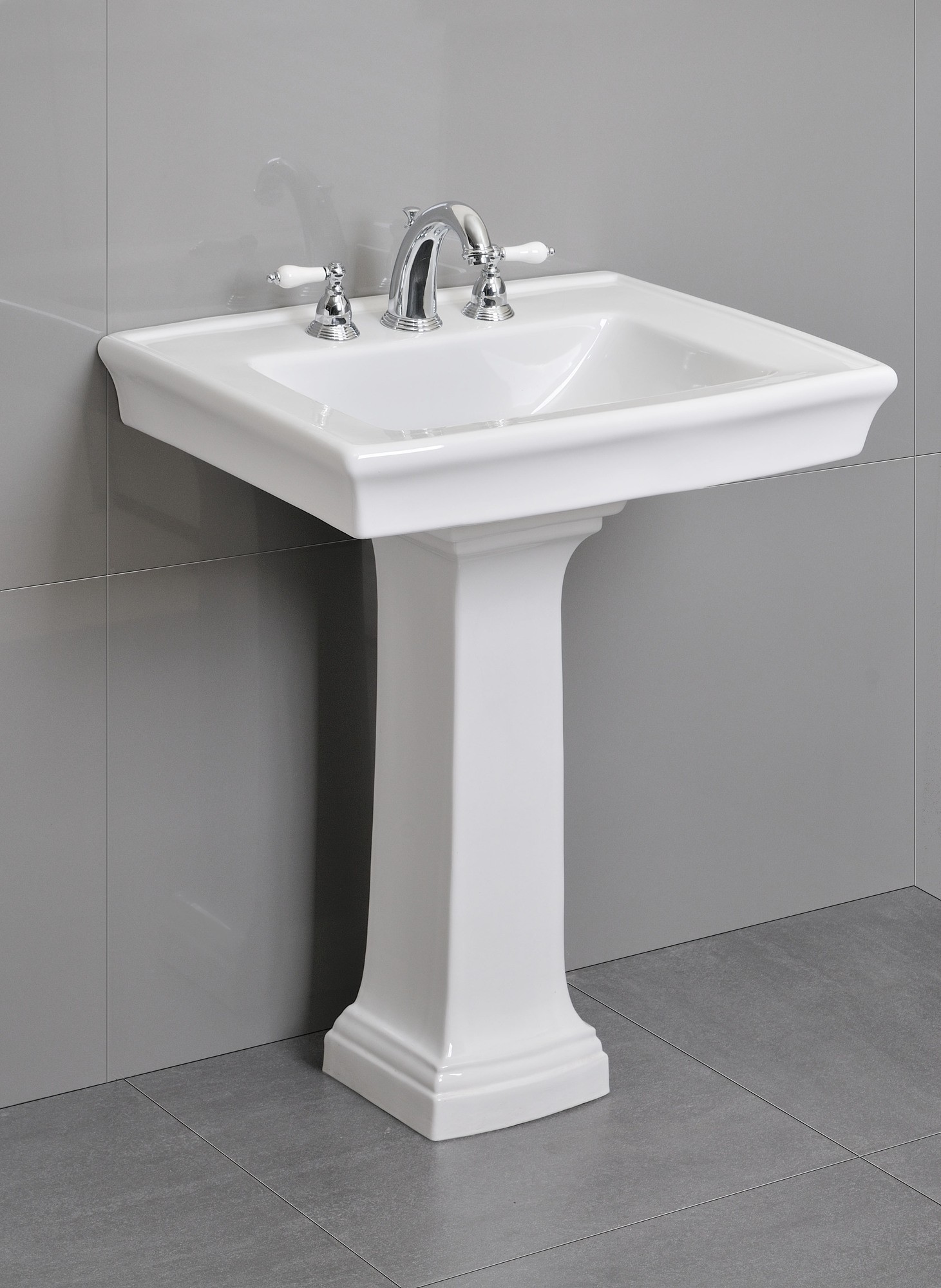
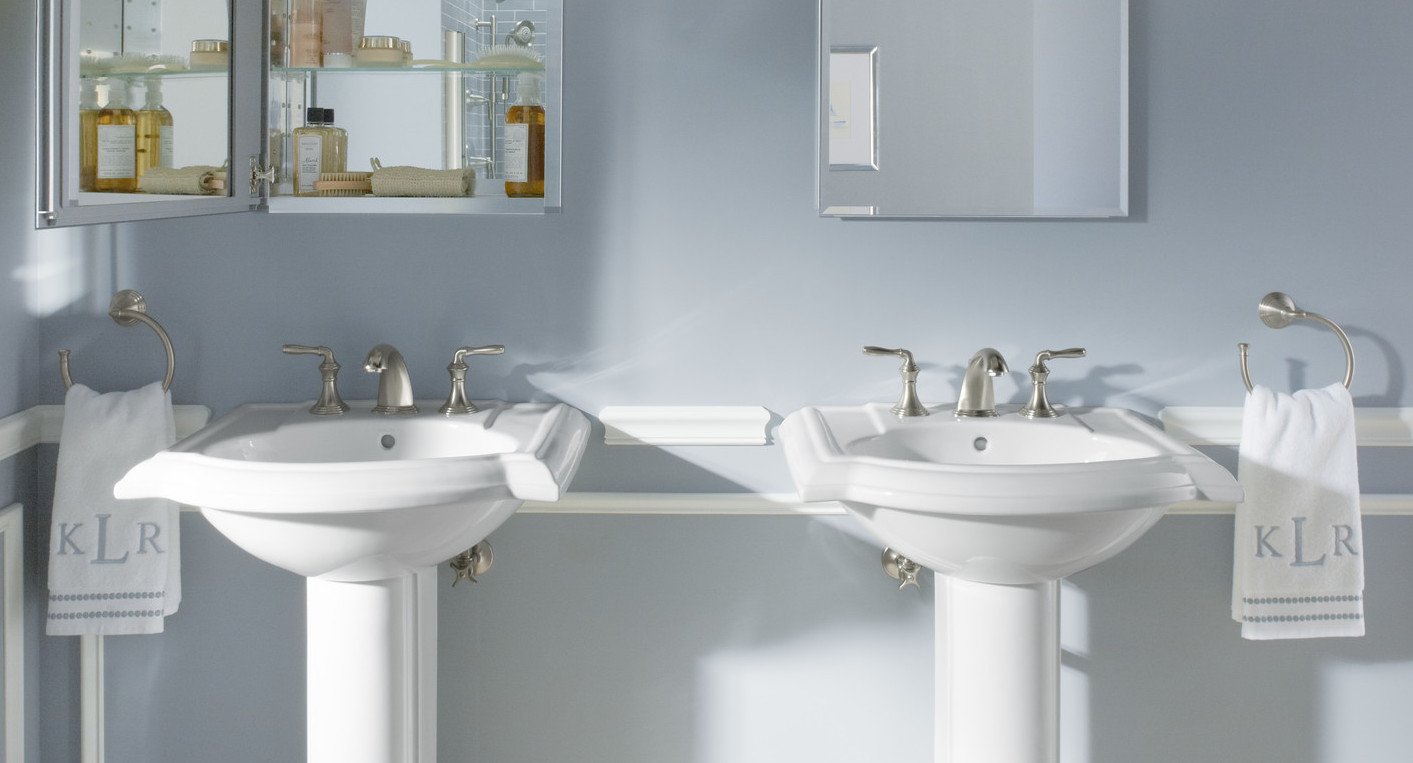
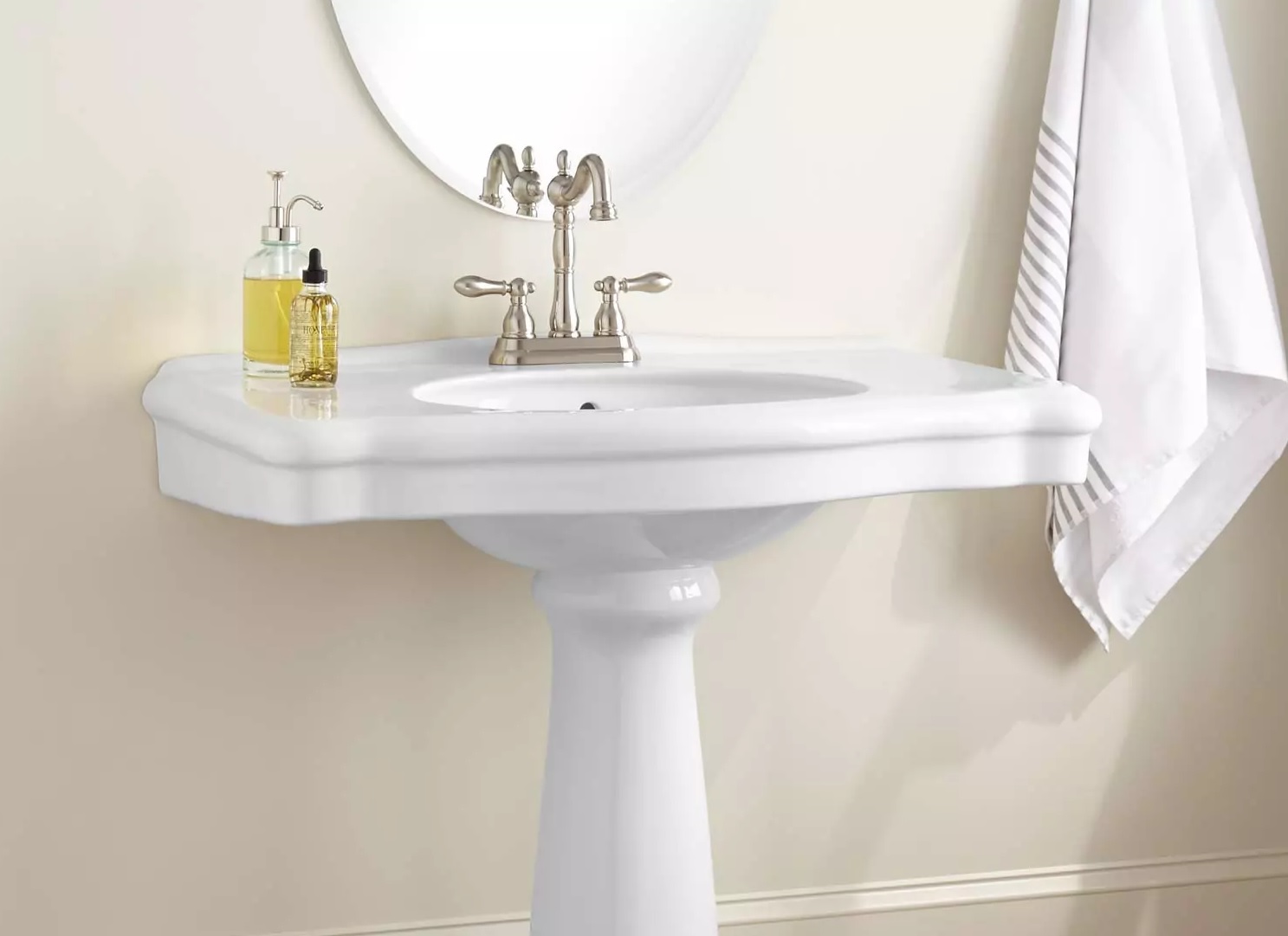
/Pedestal-Sink-184112687-56a4a0eb3df78cf77283522e.jpg)
:max_bytes(150000):strip_icc()/Bathroompedestalsink-GettyImages-1163655799-1cdc1e798bb44ff488e565243d061c9a.jpg)
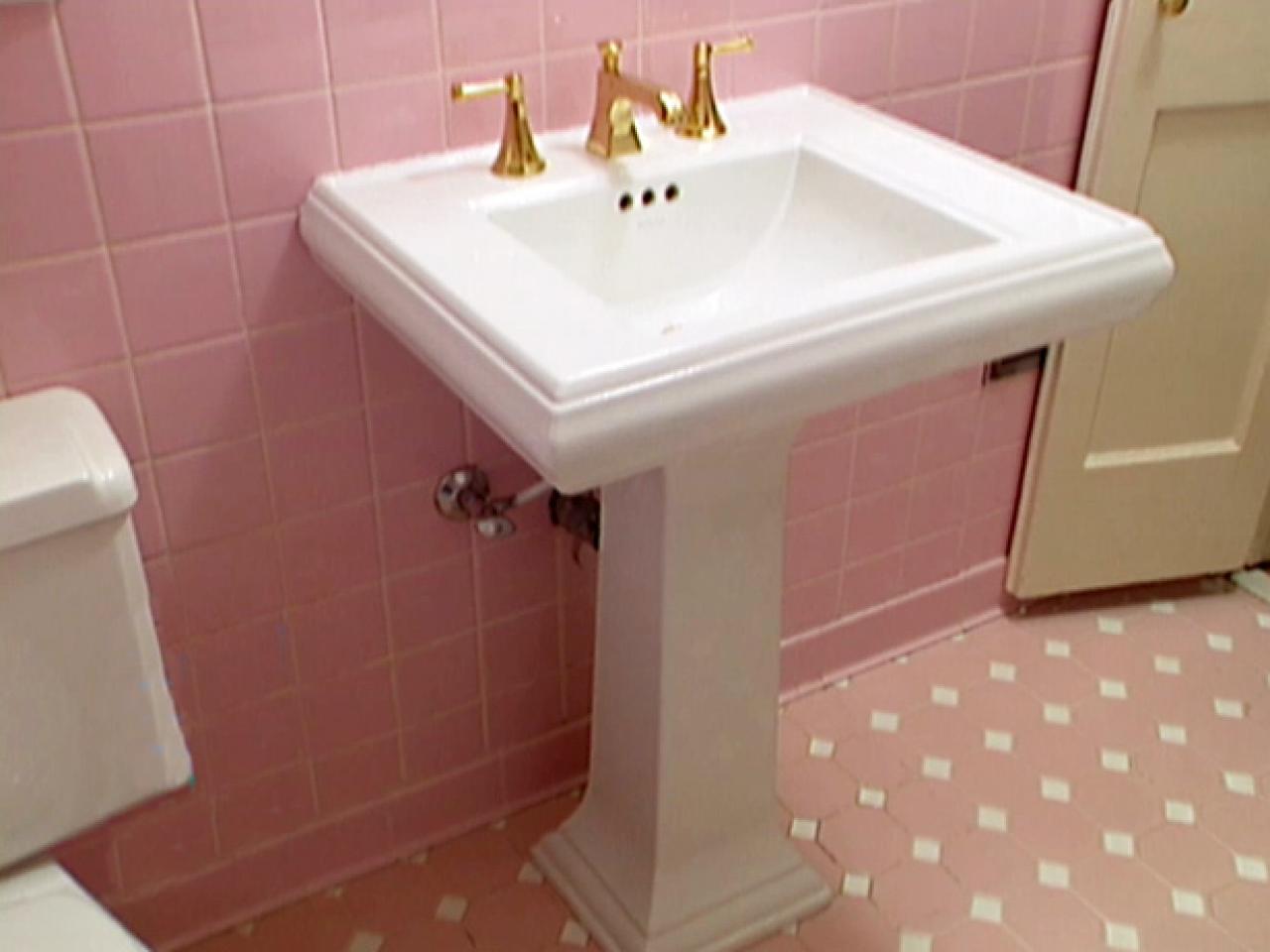




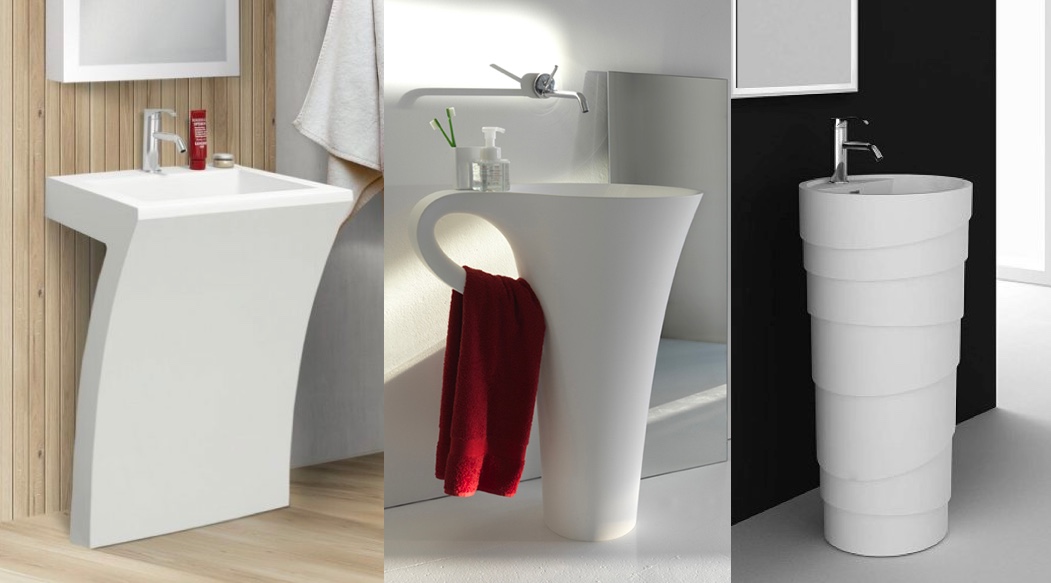
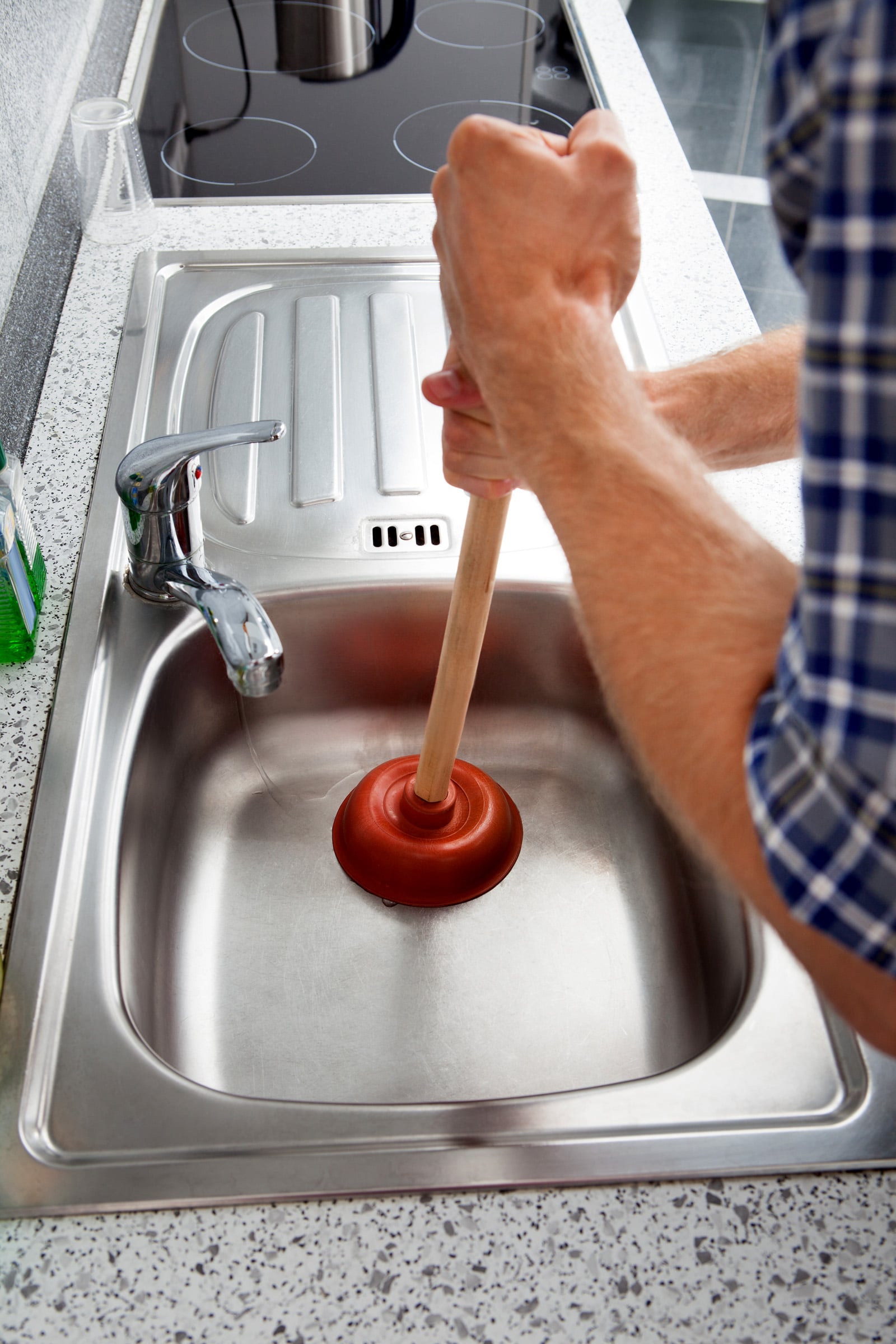
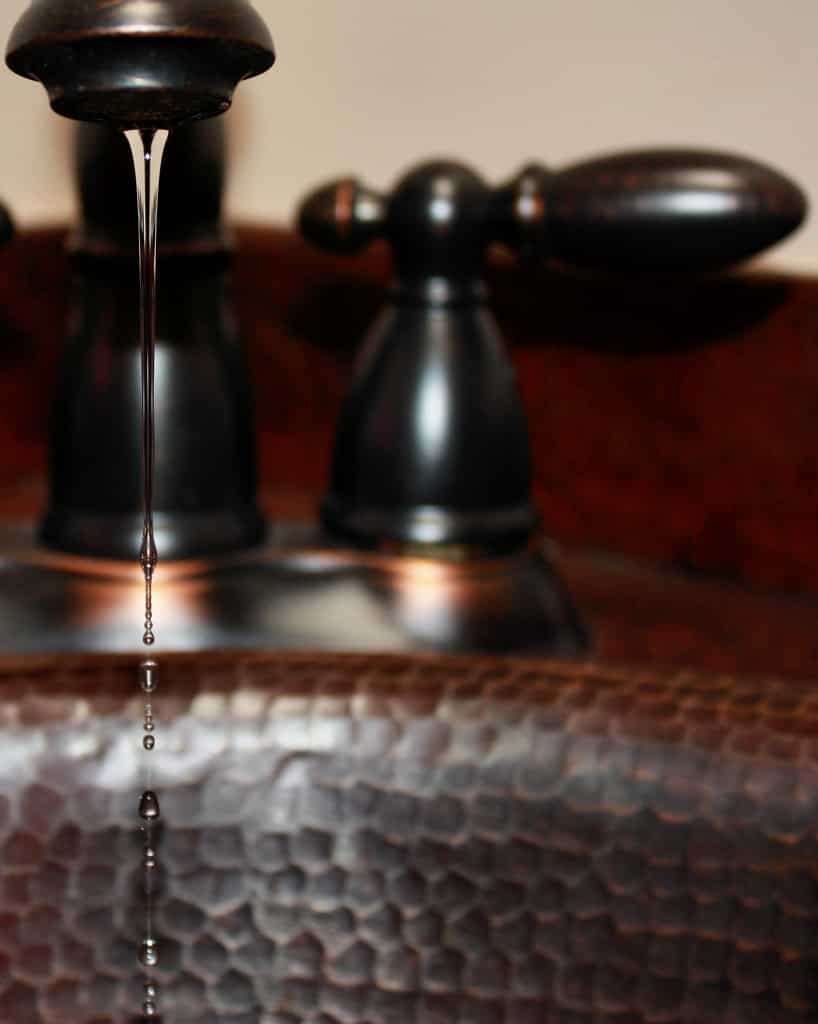




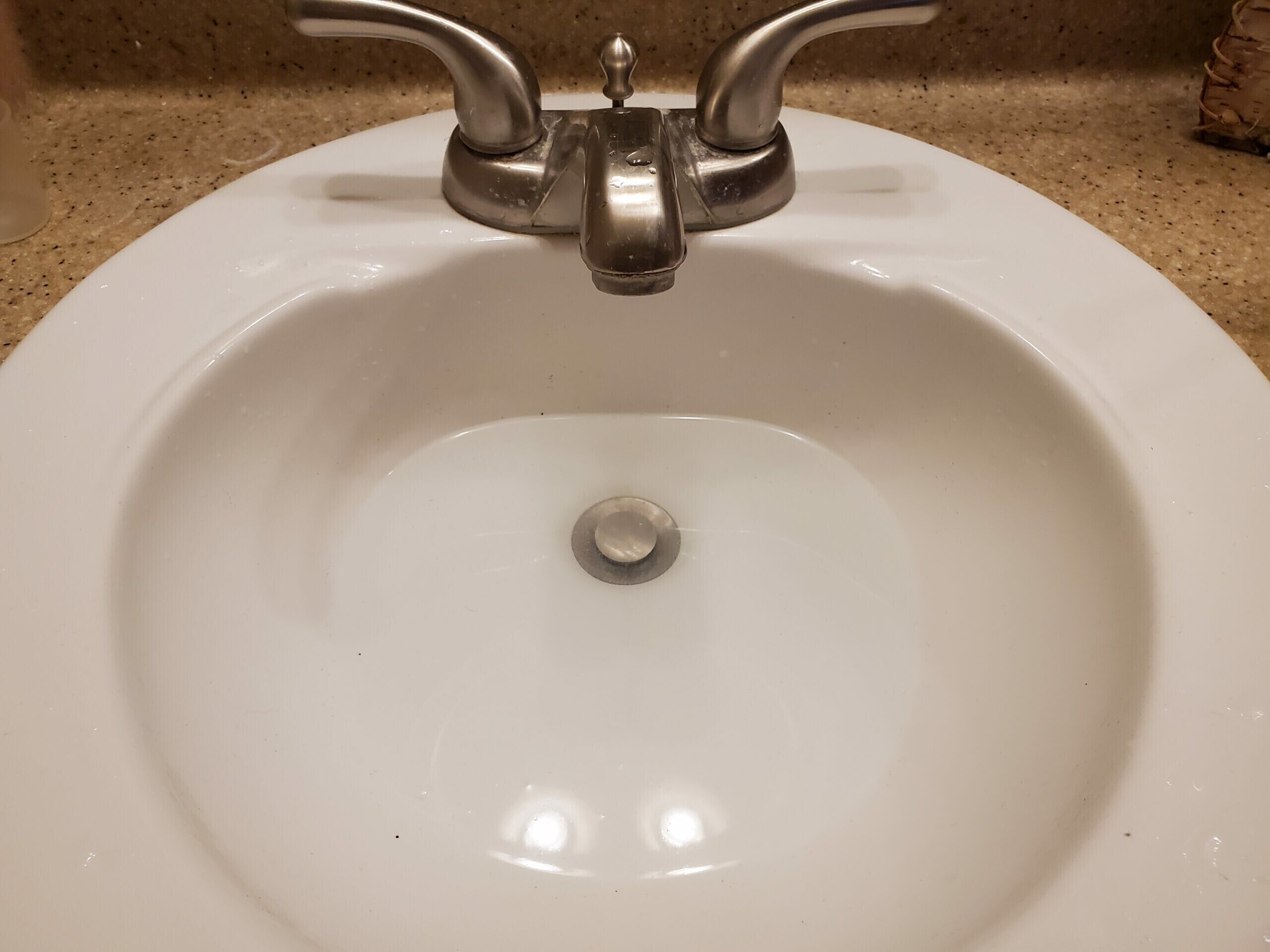
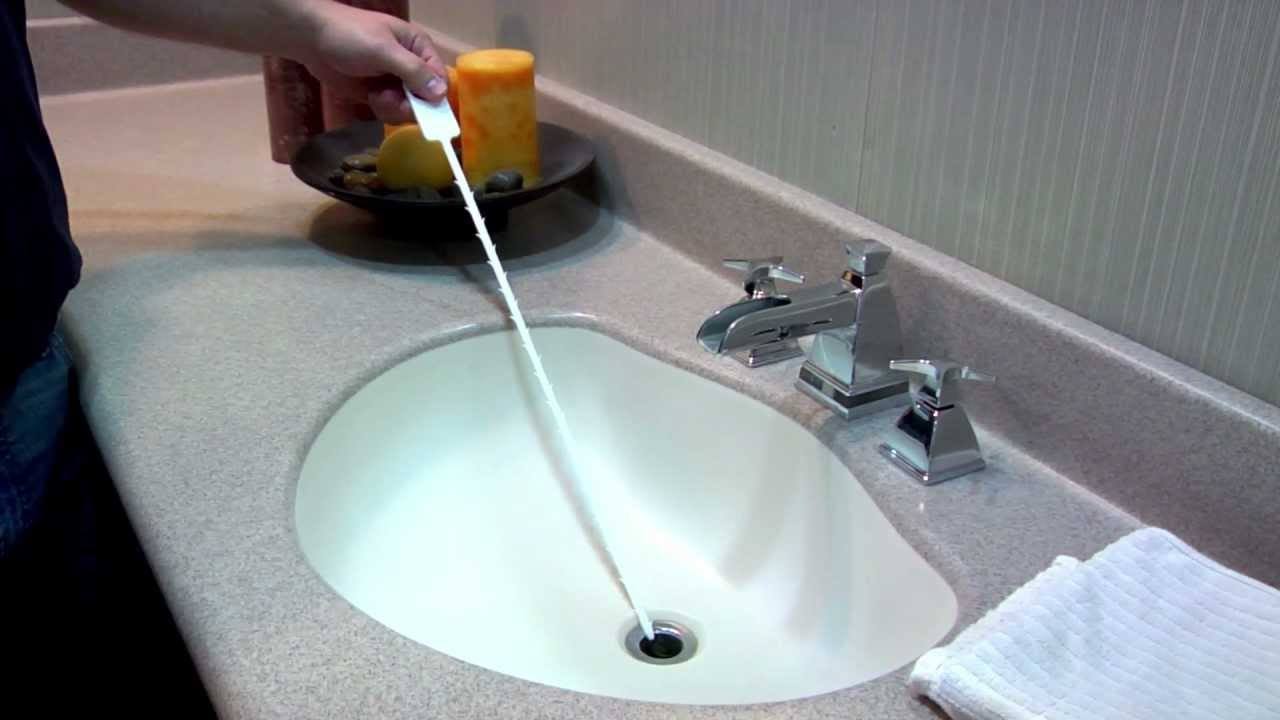





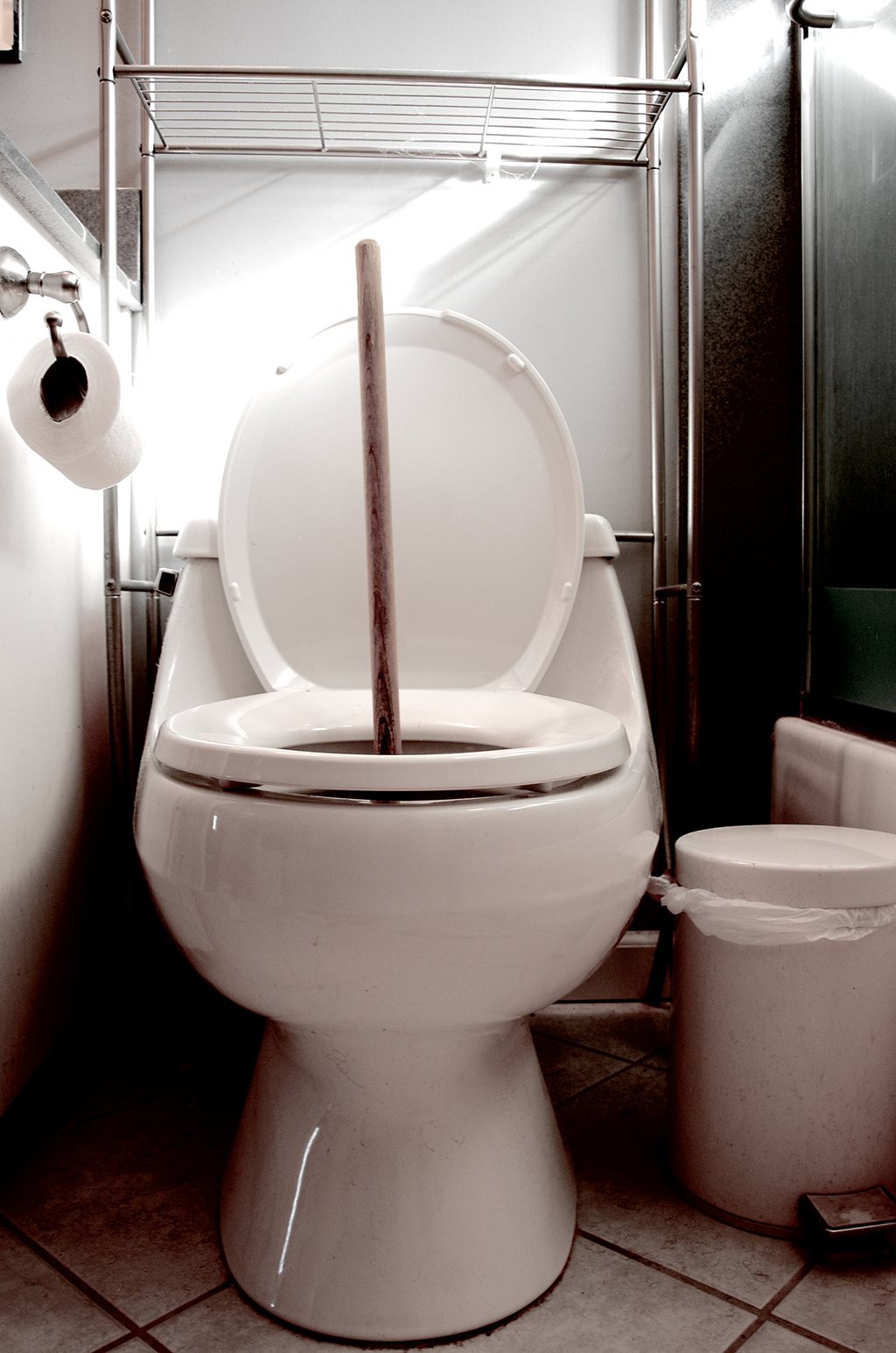


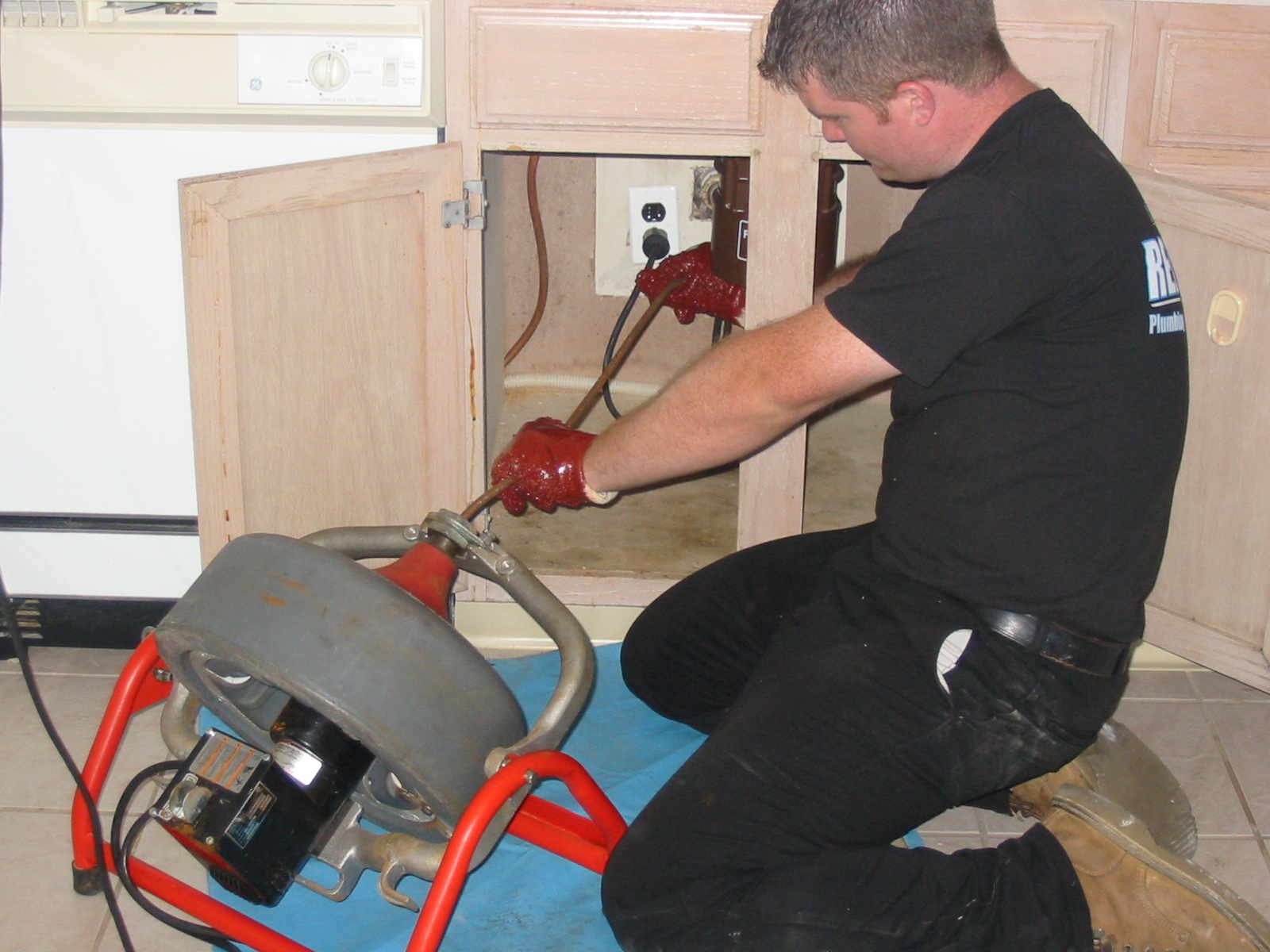

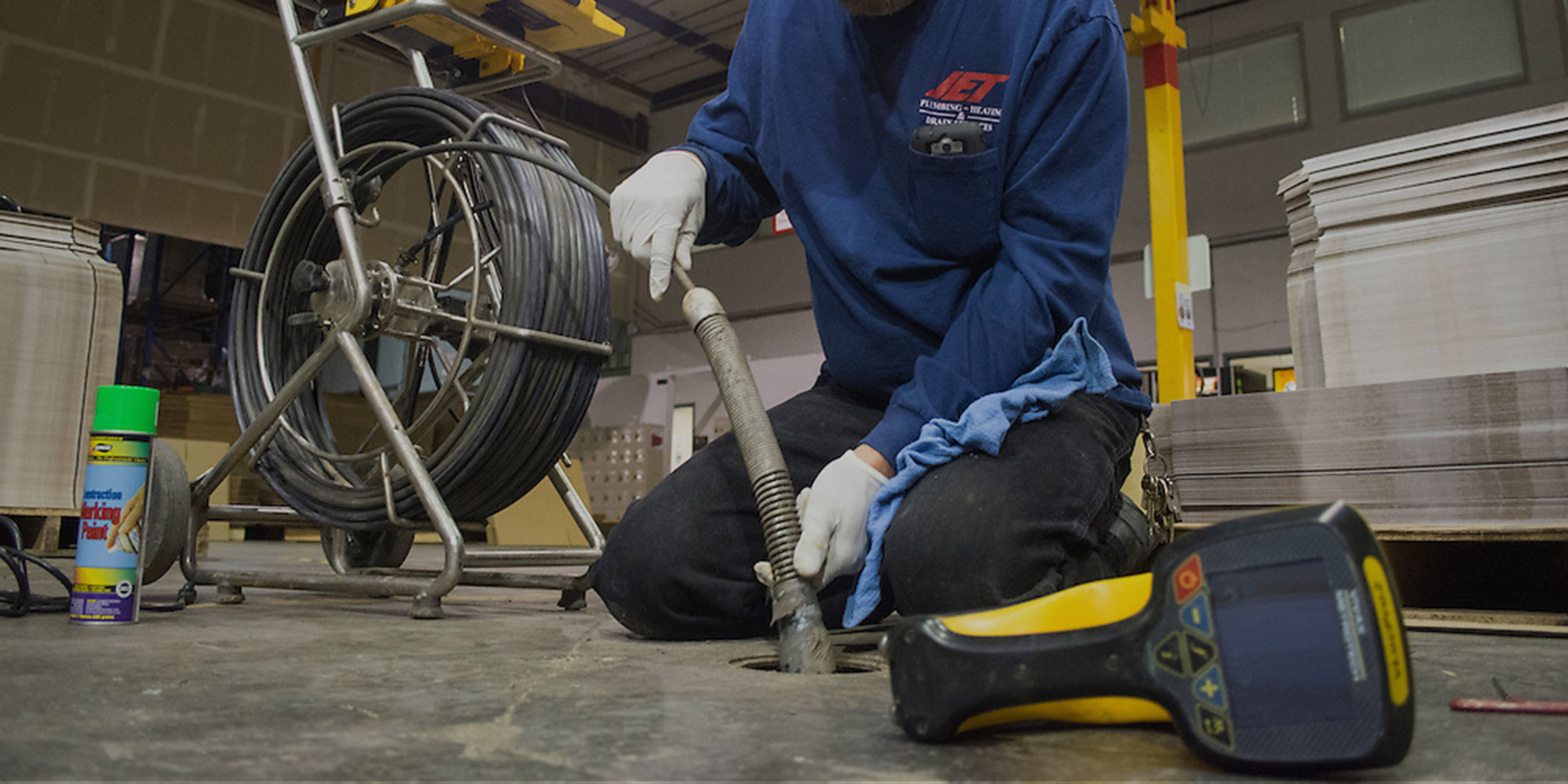
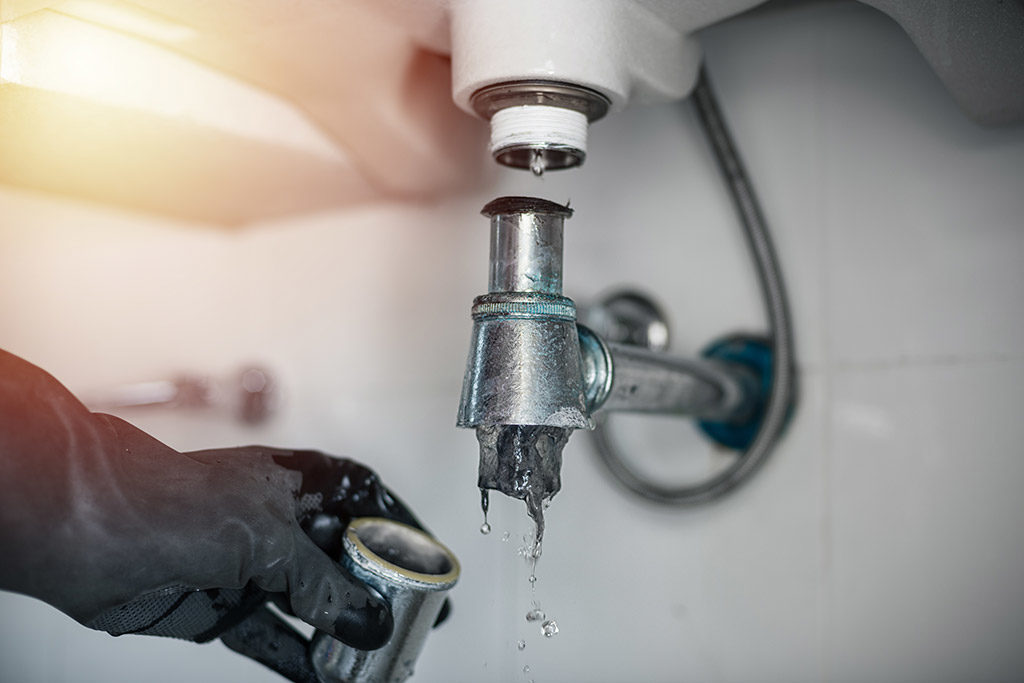
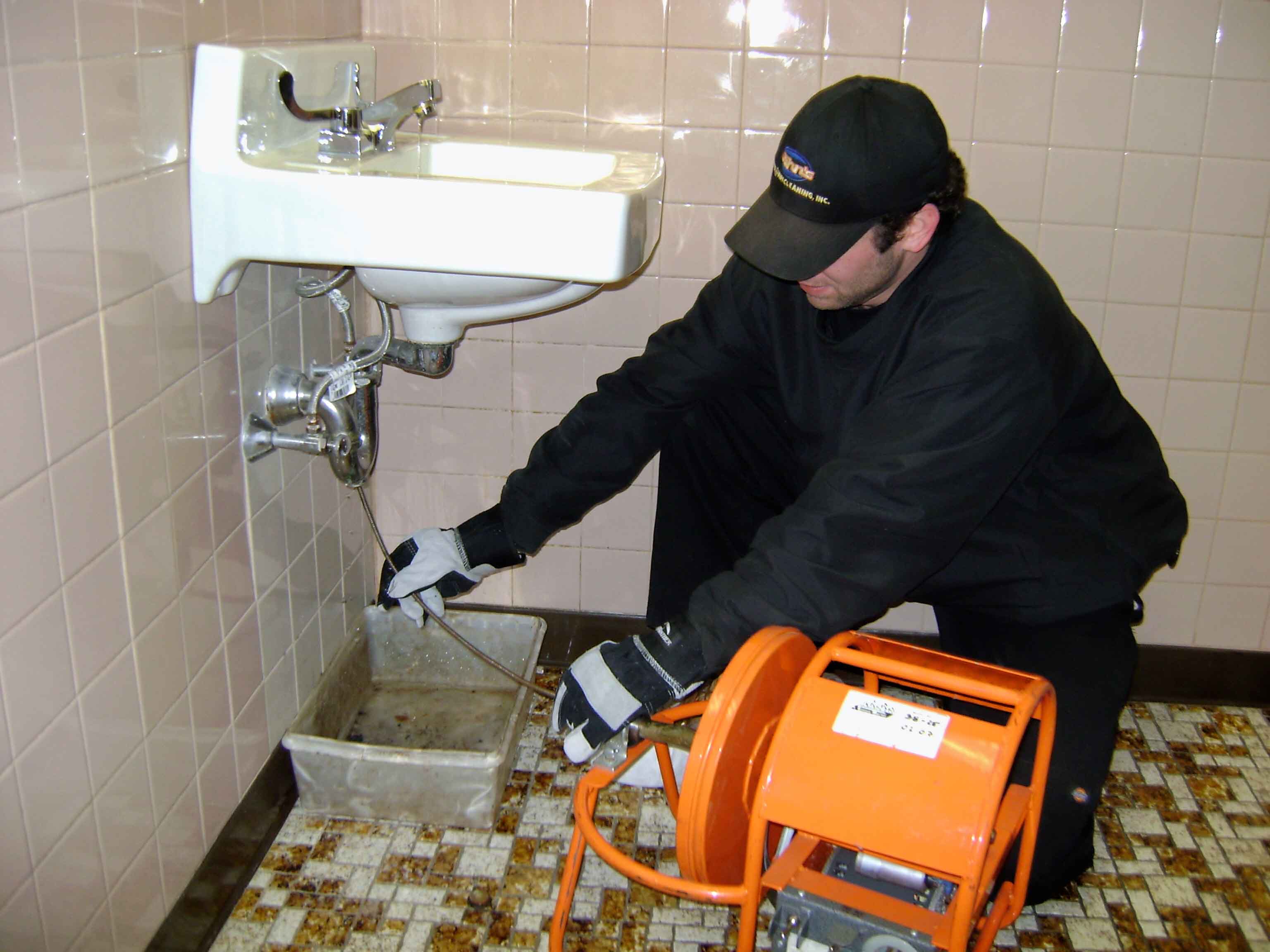

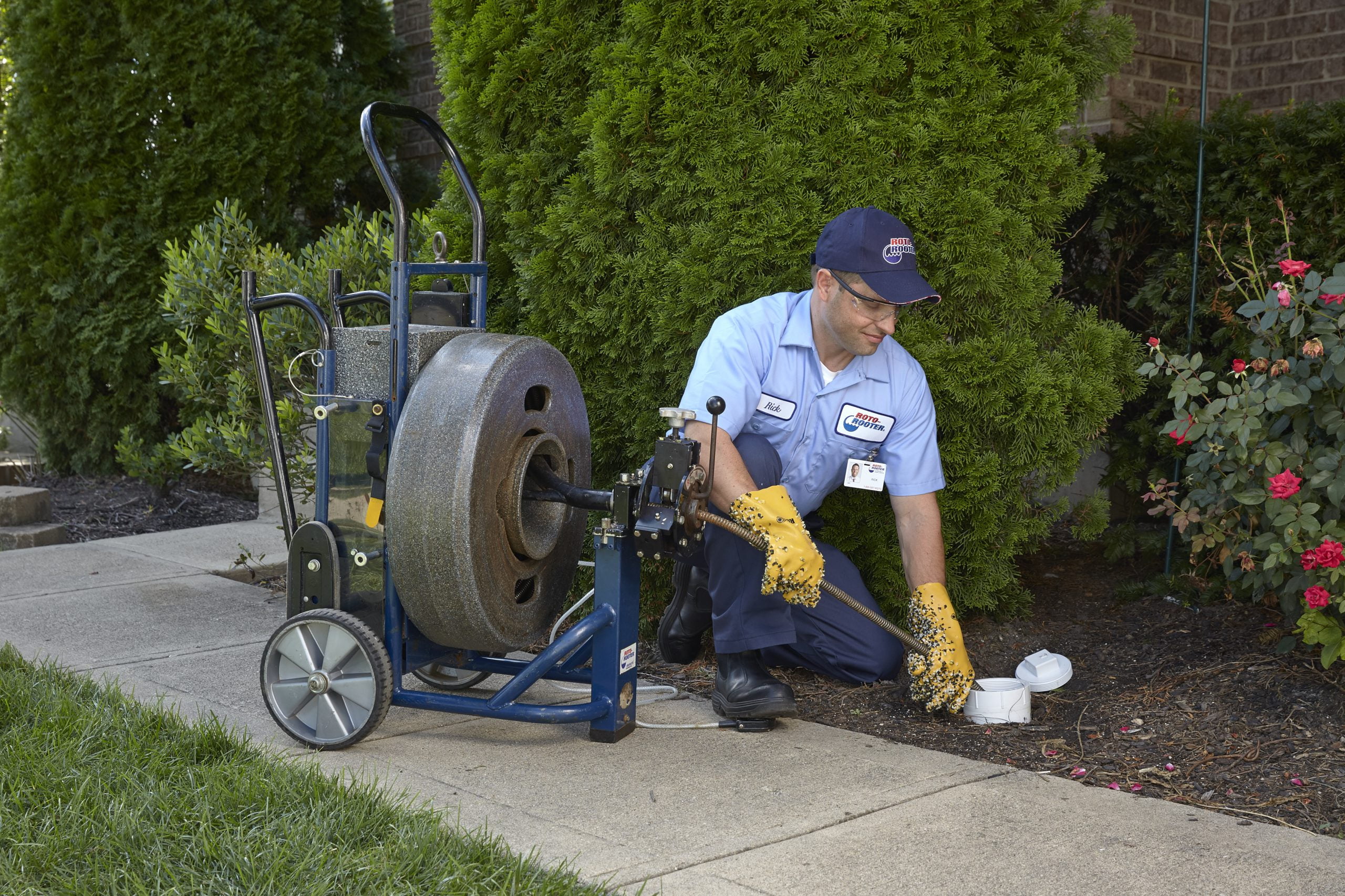
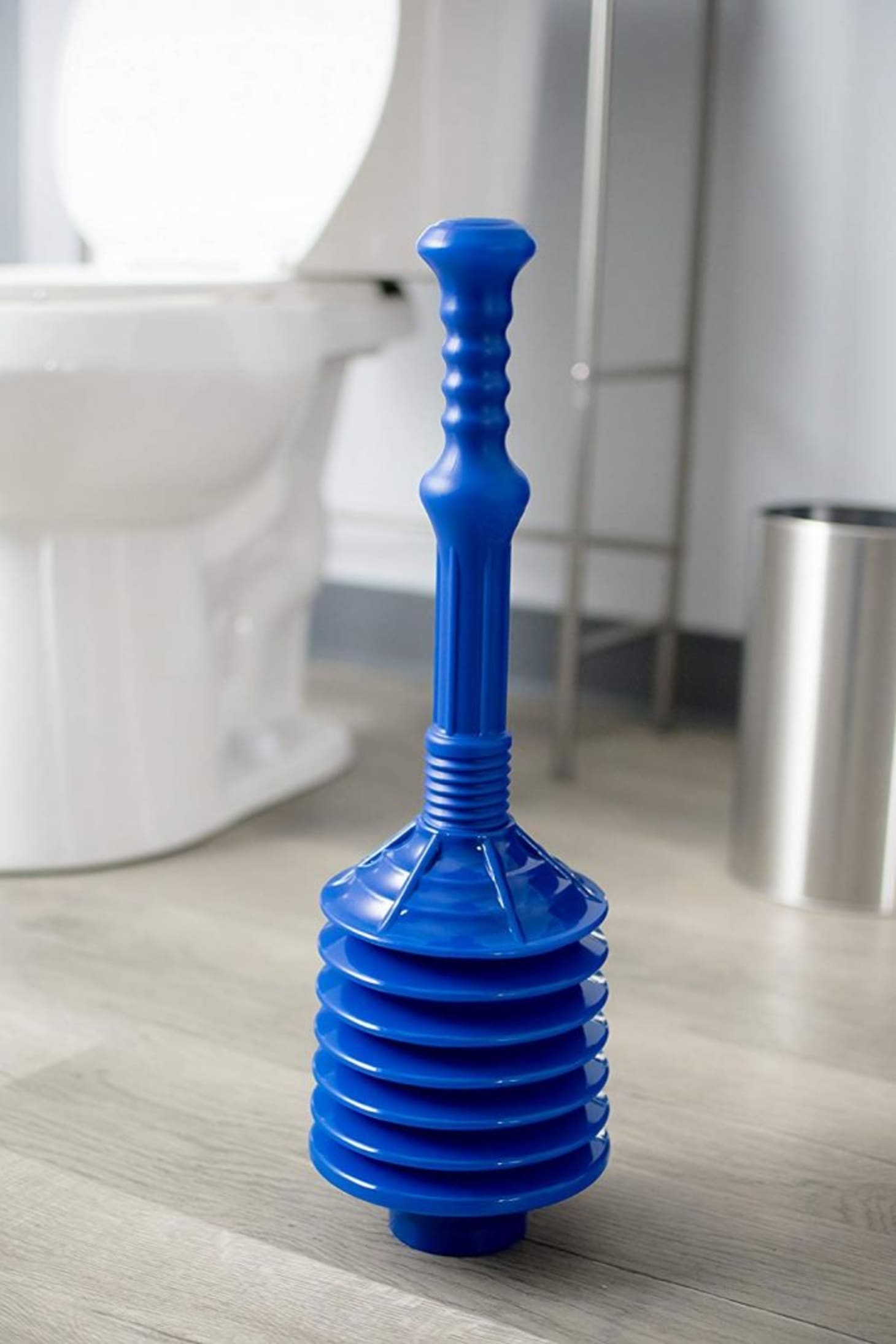

/GettyImages-173683465-58f822b83df78ca159d4543a.jpg)

:max_bytes(150000):strip_icc()/toilet-plunger-80708184-5797d8885f9b58461f591260.jpg)


:max_bytes(150000):strip_icc()/toilette-plunger--92314164-873564a34a3441058f00a8d6fc1f0441.jpg)
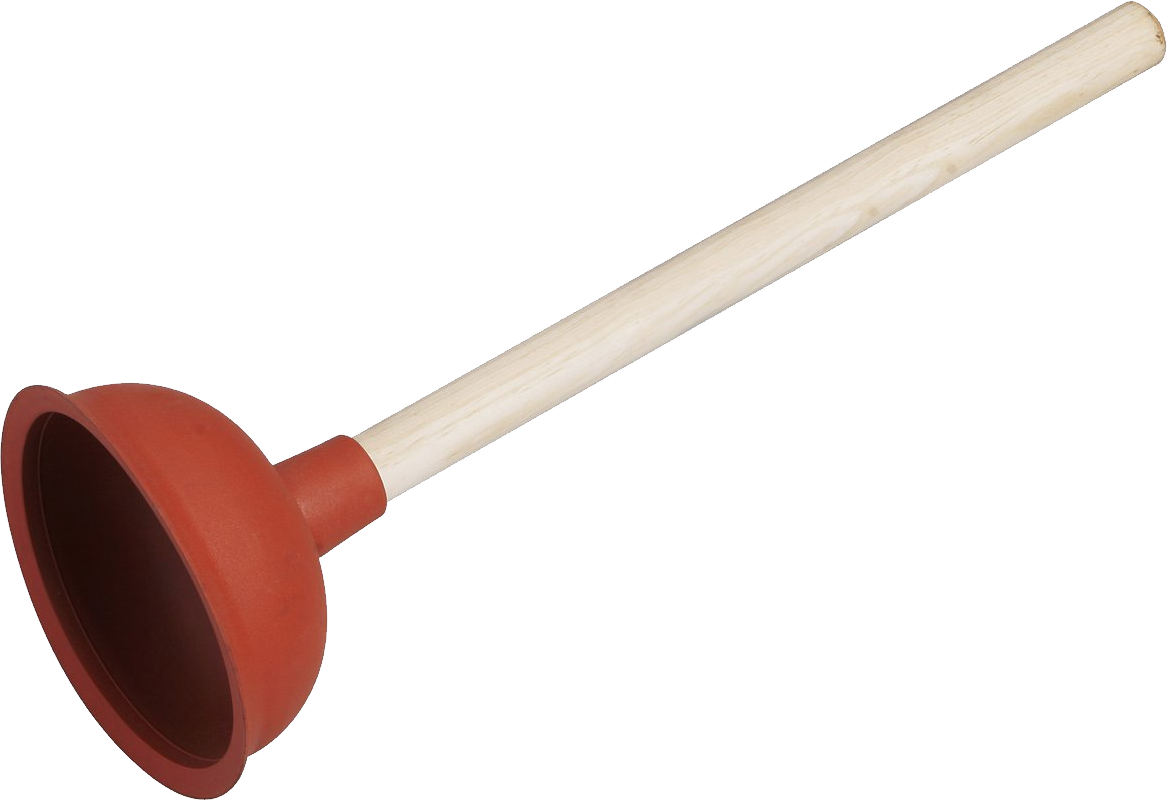

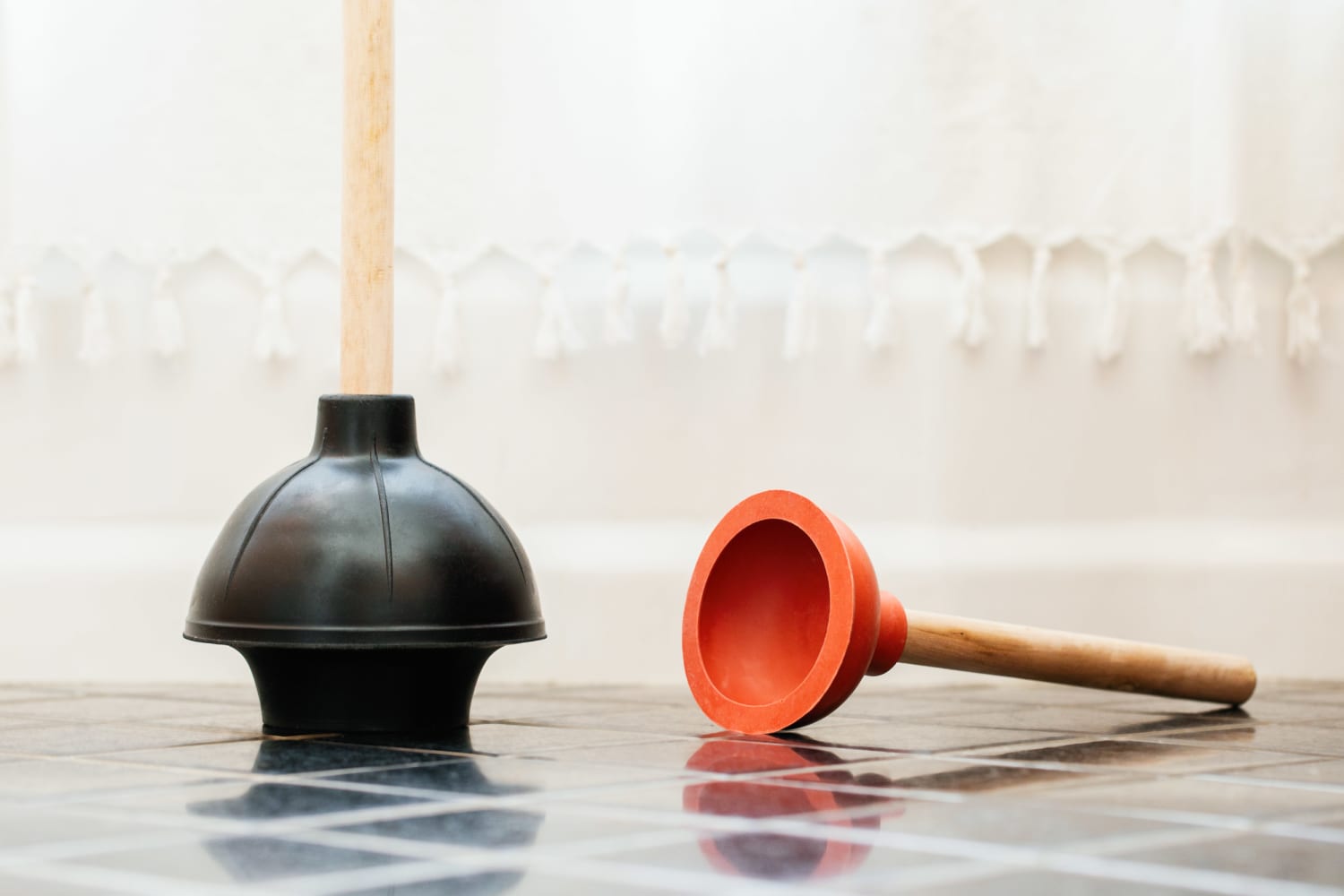
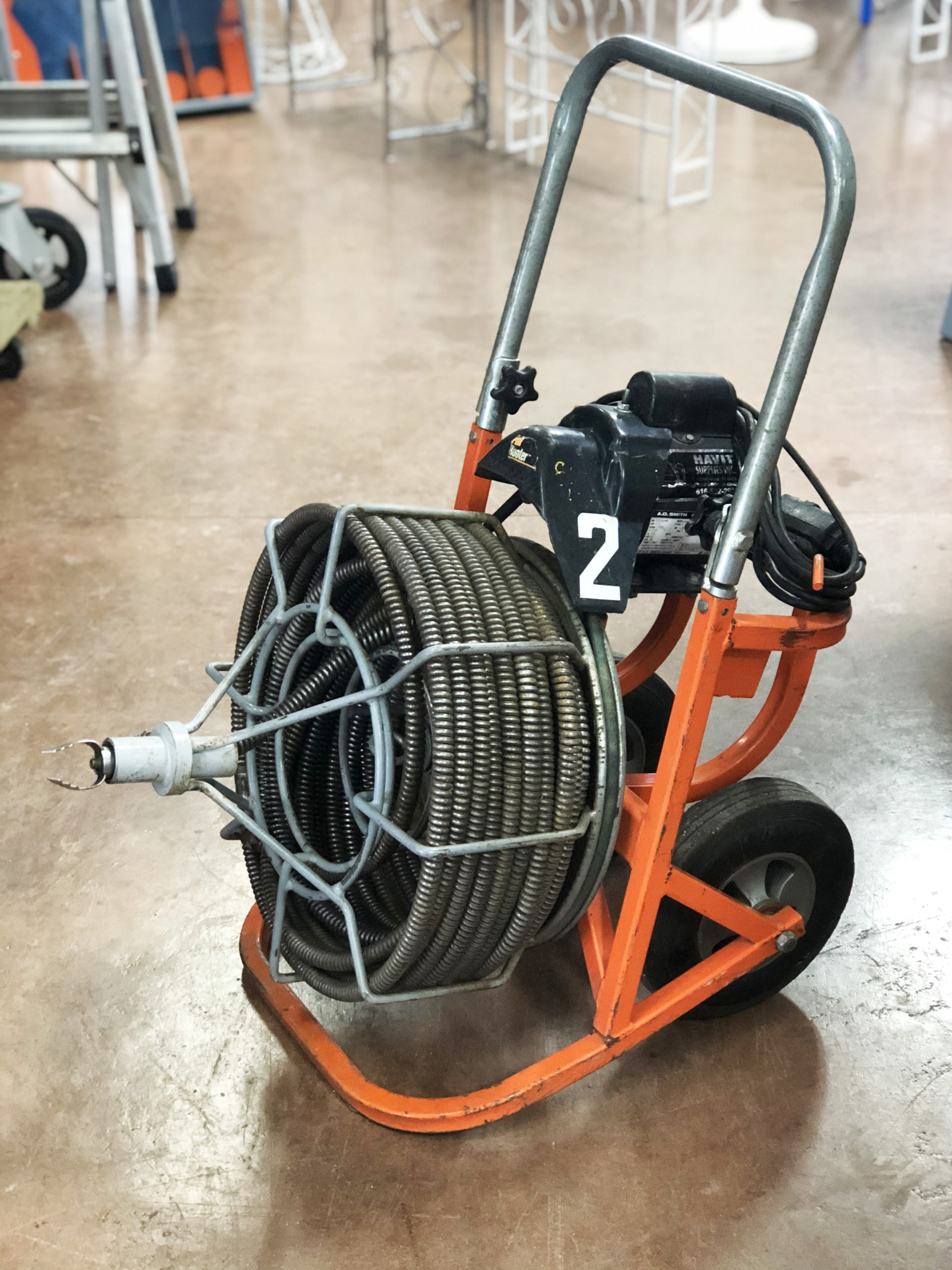
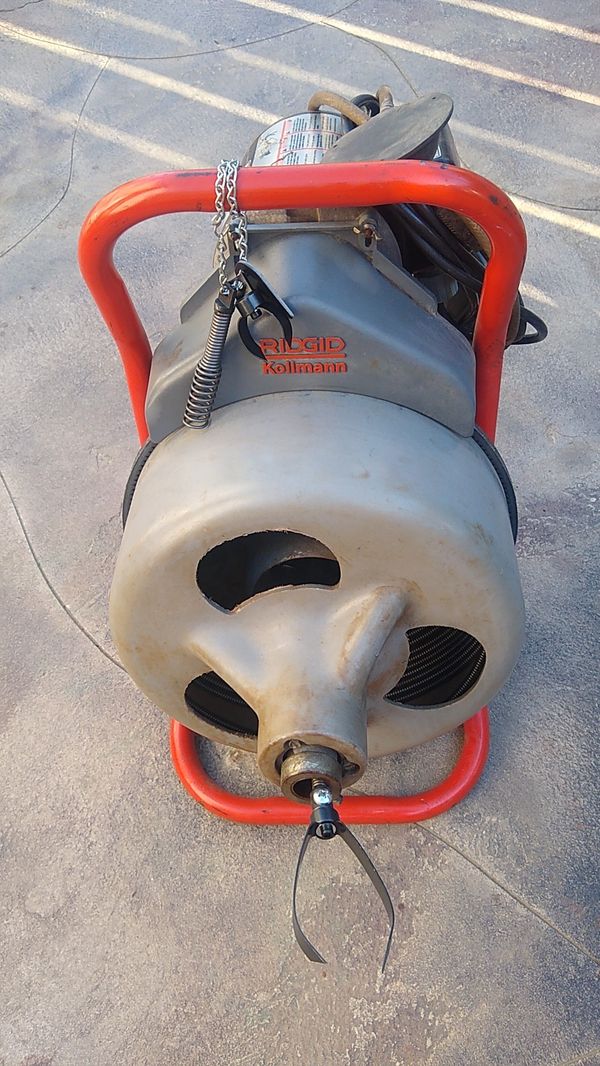
/pulling-hair-from-a-drain-182861550-5797d2d43df78ceb86a46b8e.jpg)






